Qinhuangdao is located in the northeastern part of Hebei and faces the Bohai Sea in the south. It is named after Qin Shihuang sent people to the sea to seek immortals. It is the only city in China named after the emperor's name!
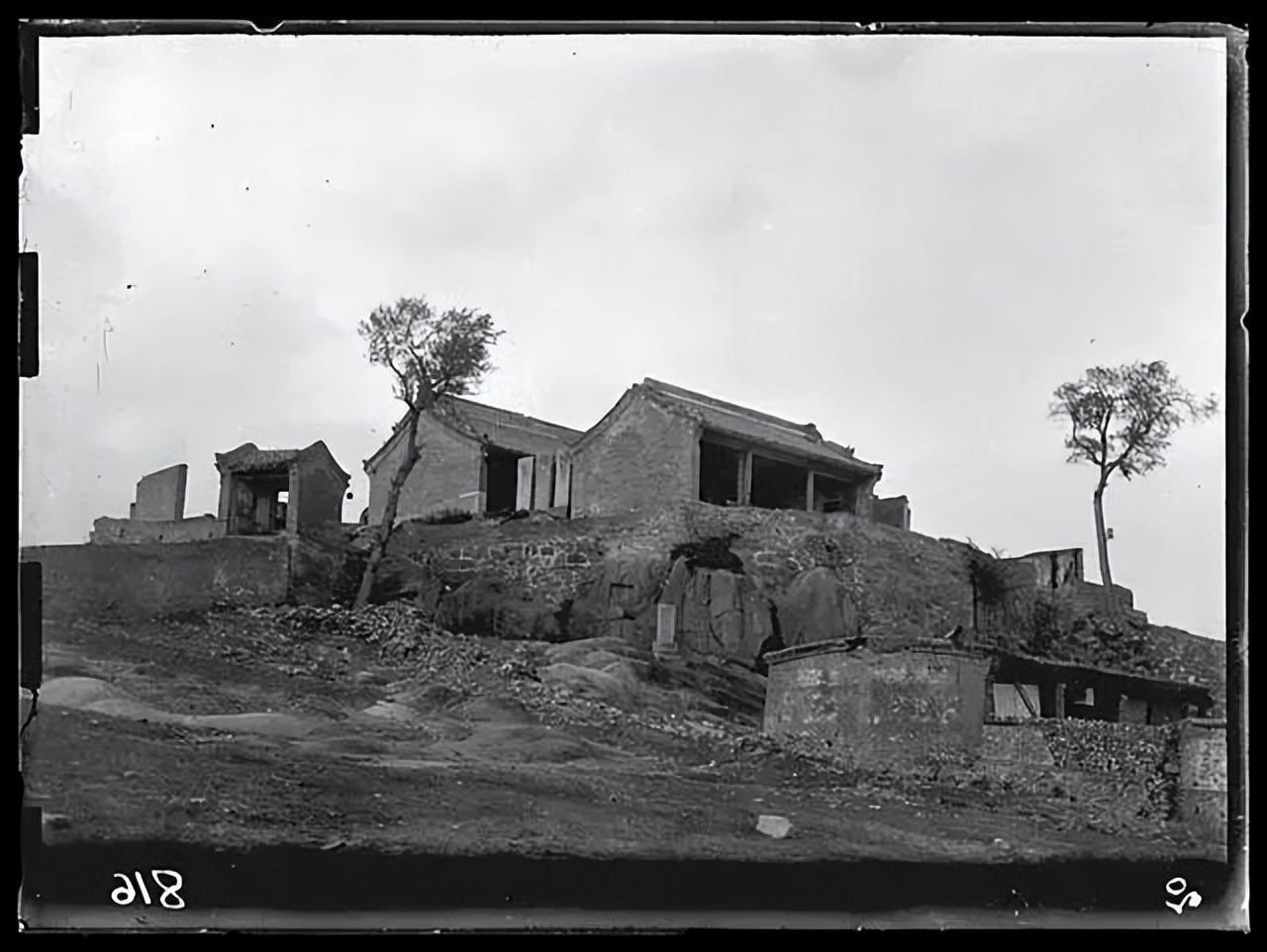
Meng Jiangnu Temple in 1907

1941 Meng Jiangnu Temple

The old dragon in 1930
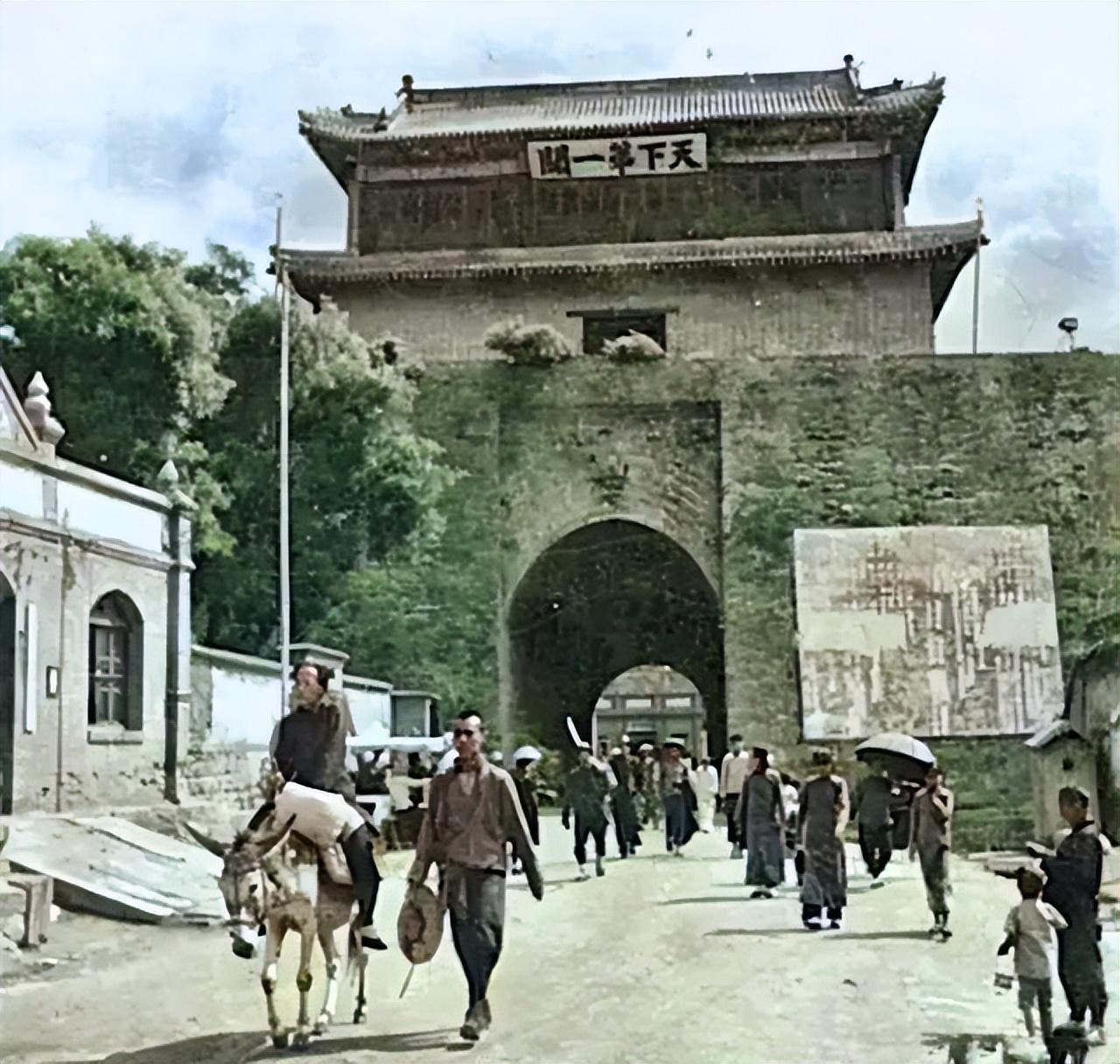
The first pass in the world in the 1930s Shanhaiguan
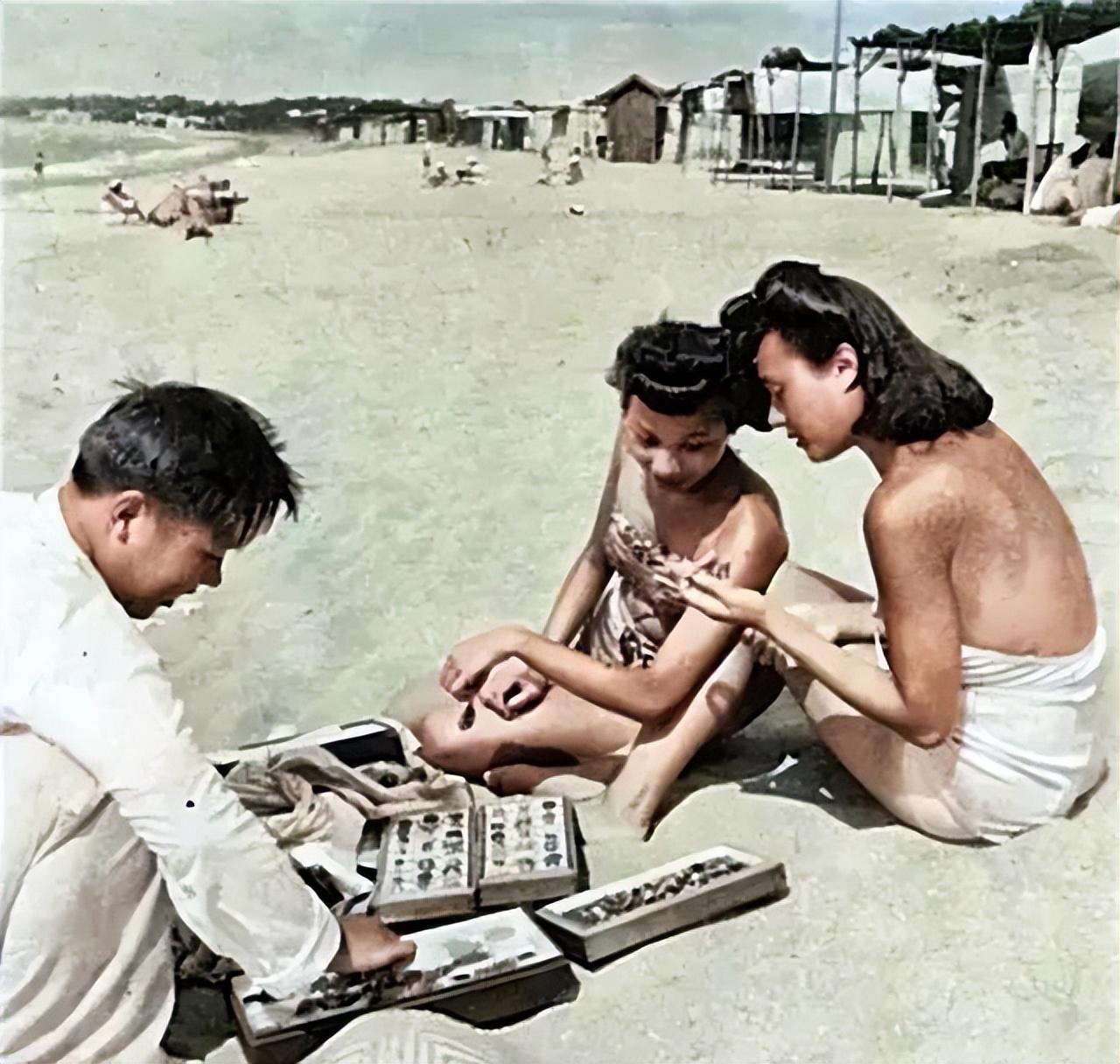
Tourists on Beidaihe Beach in the 1930s were picking shells
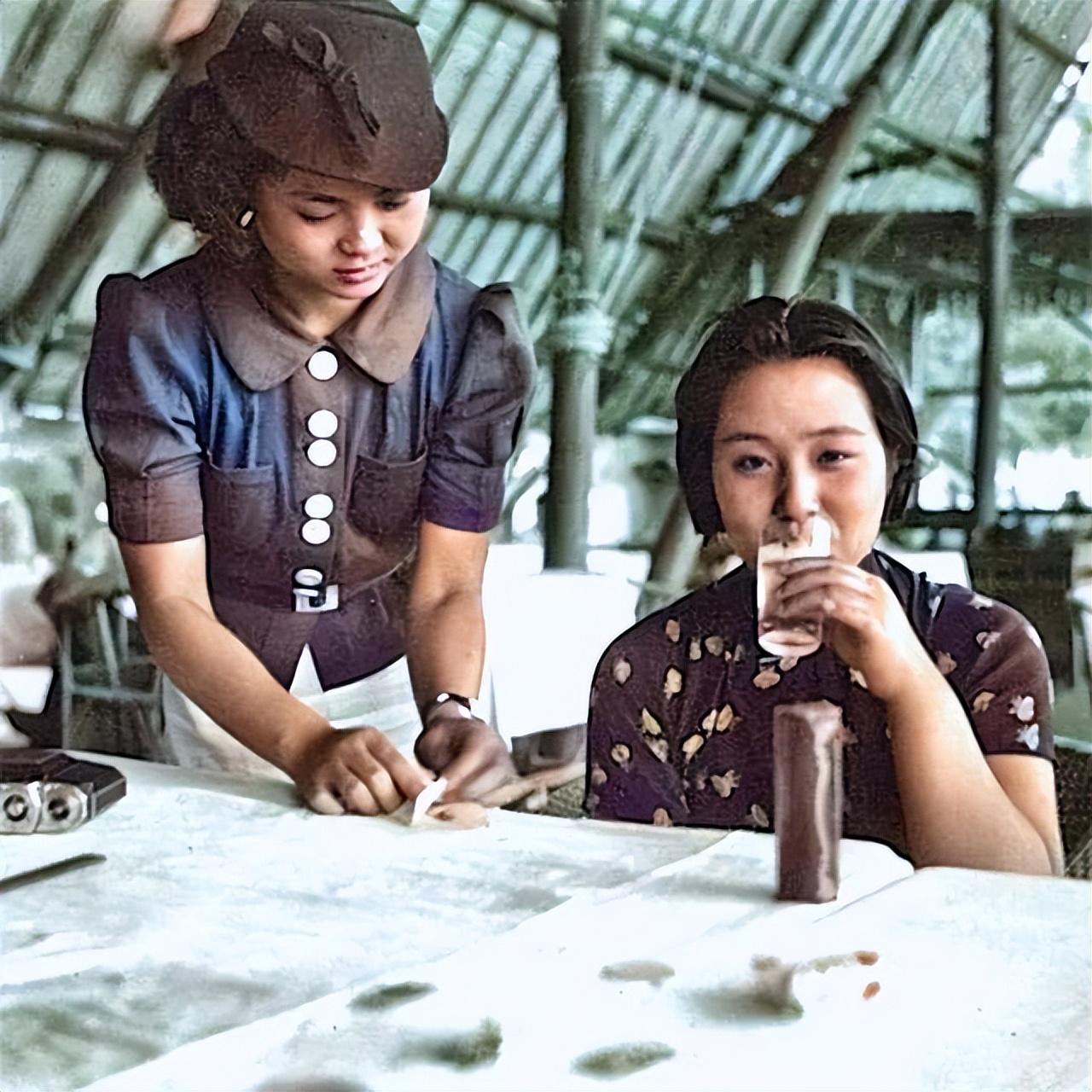
In 1939, a fashionable lady
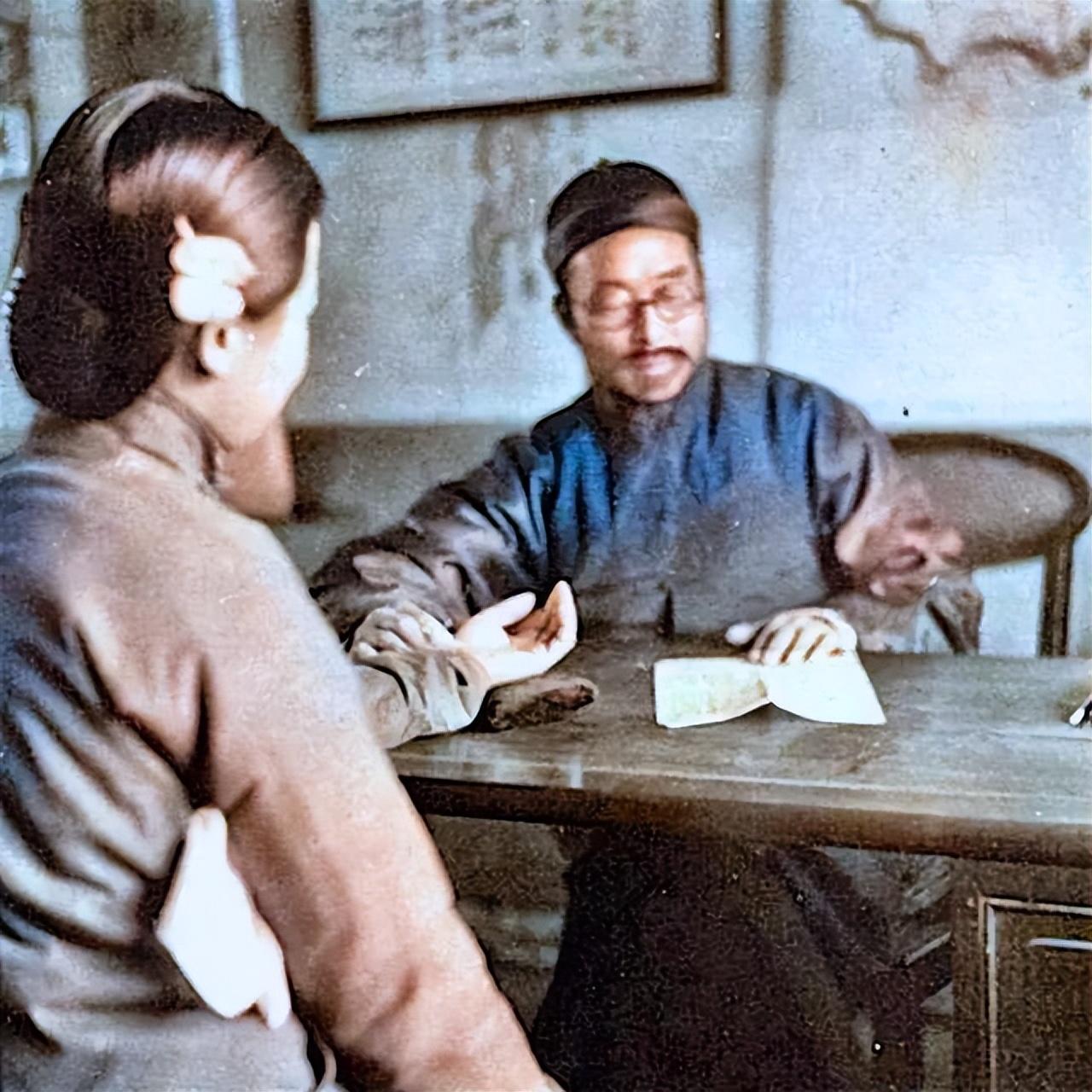
A woman sees a doctor in 1939
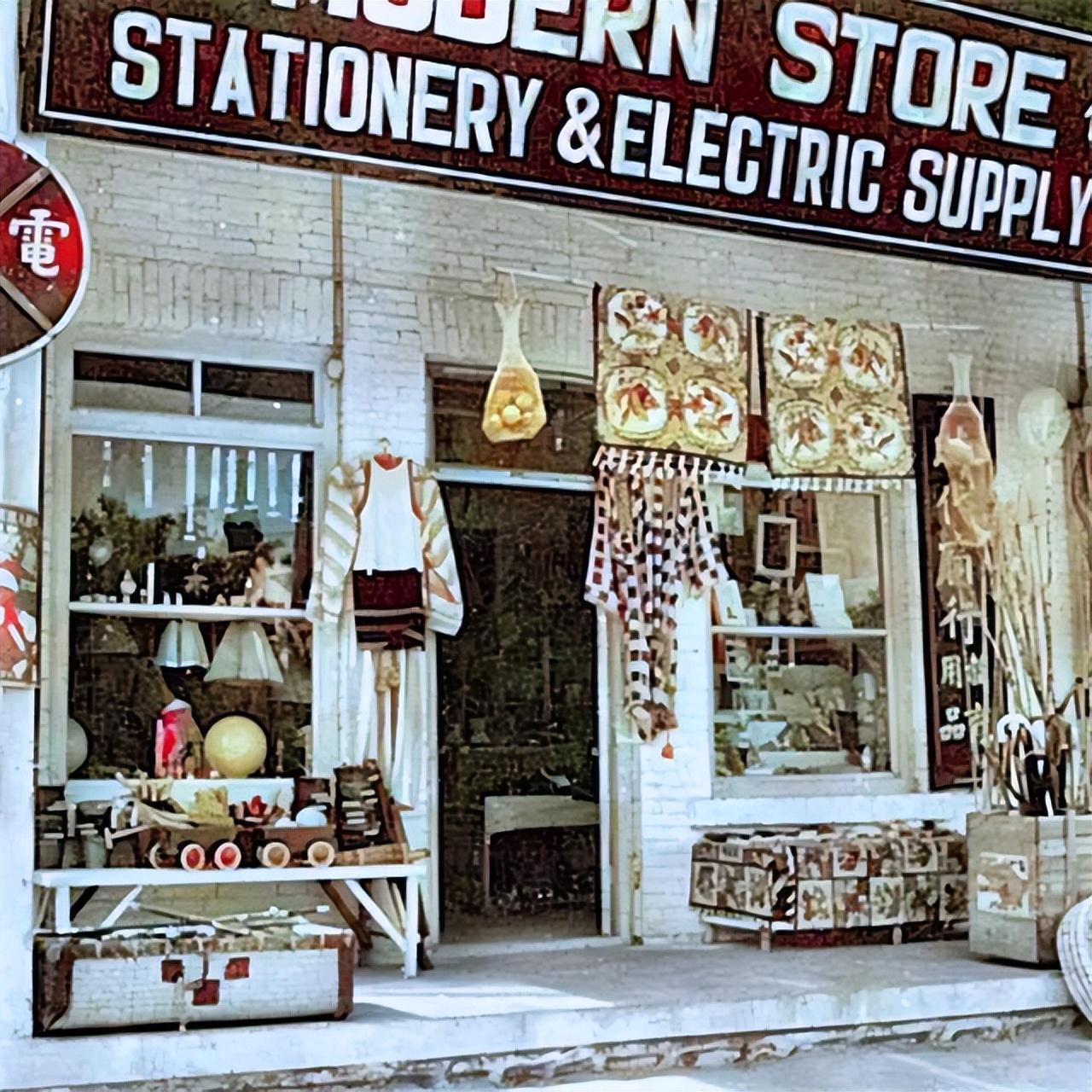
In 1939, a foreign goods store
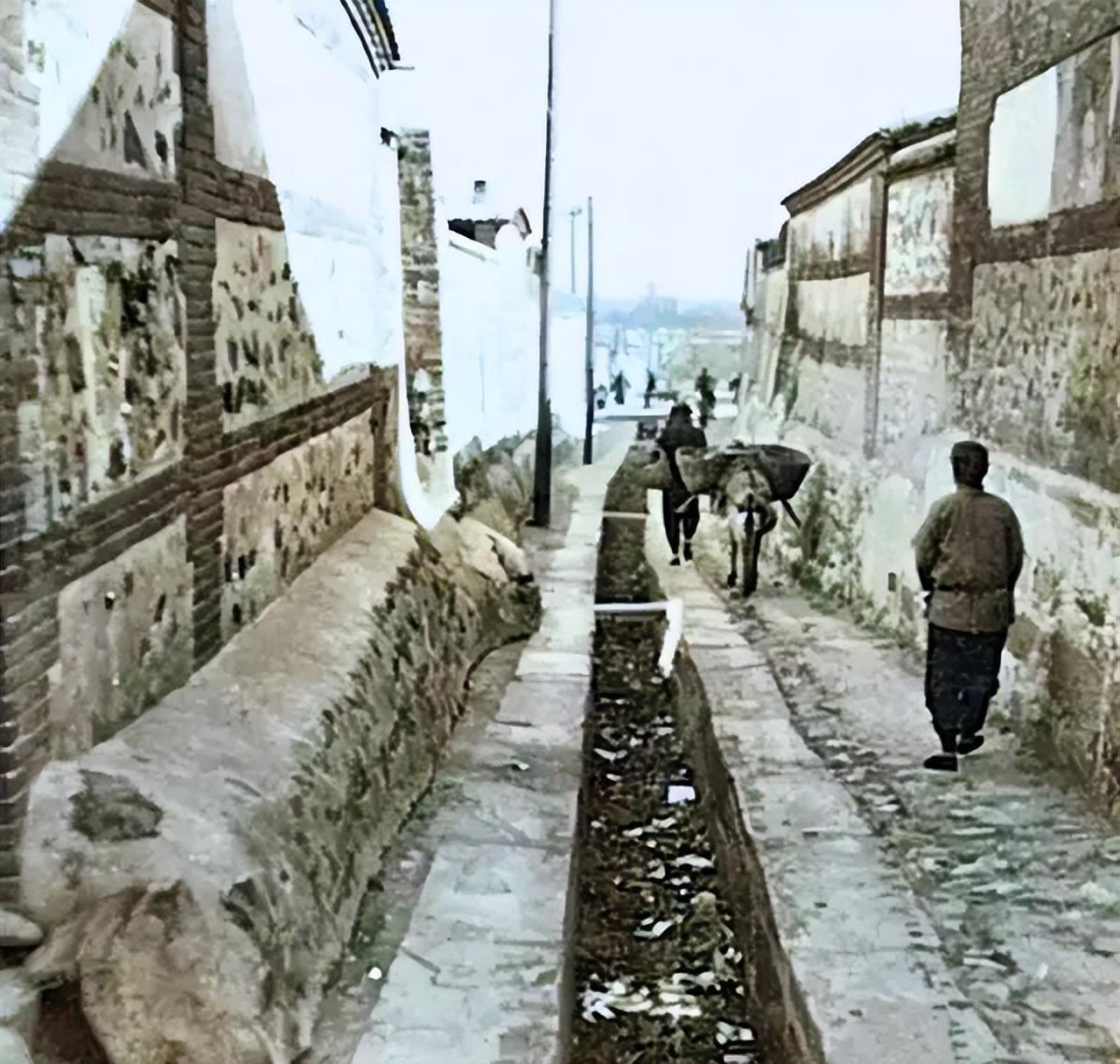
The streets of Beidaihe in the 1930s
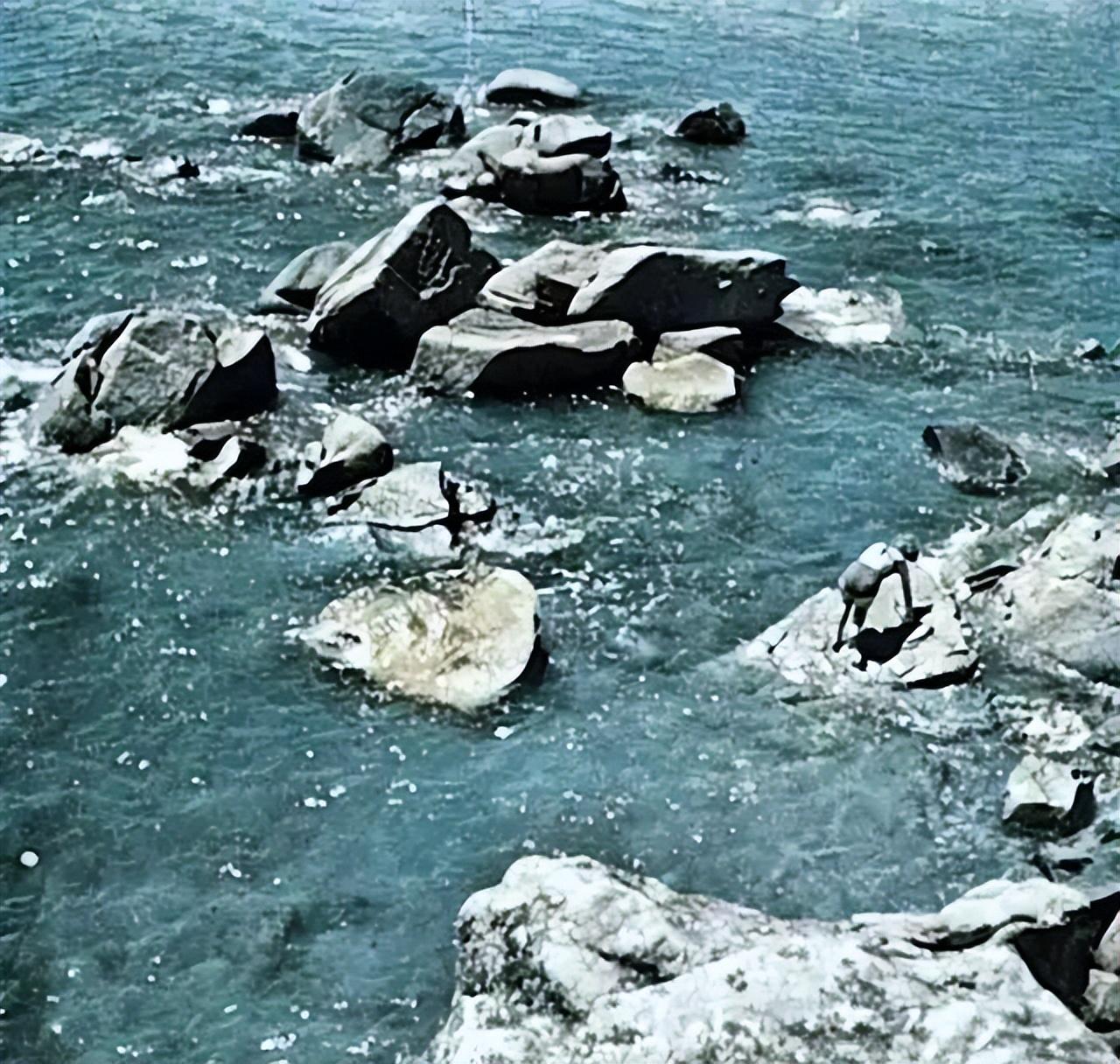
Beidaihe in the 1930s, the sea water is very clear
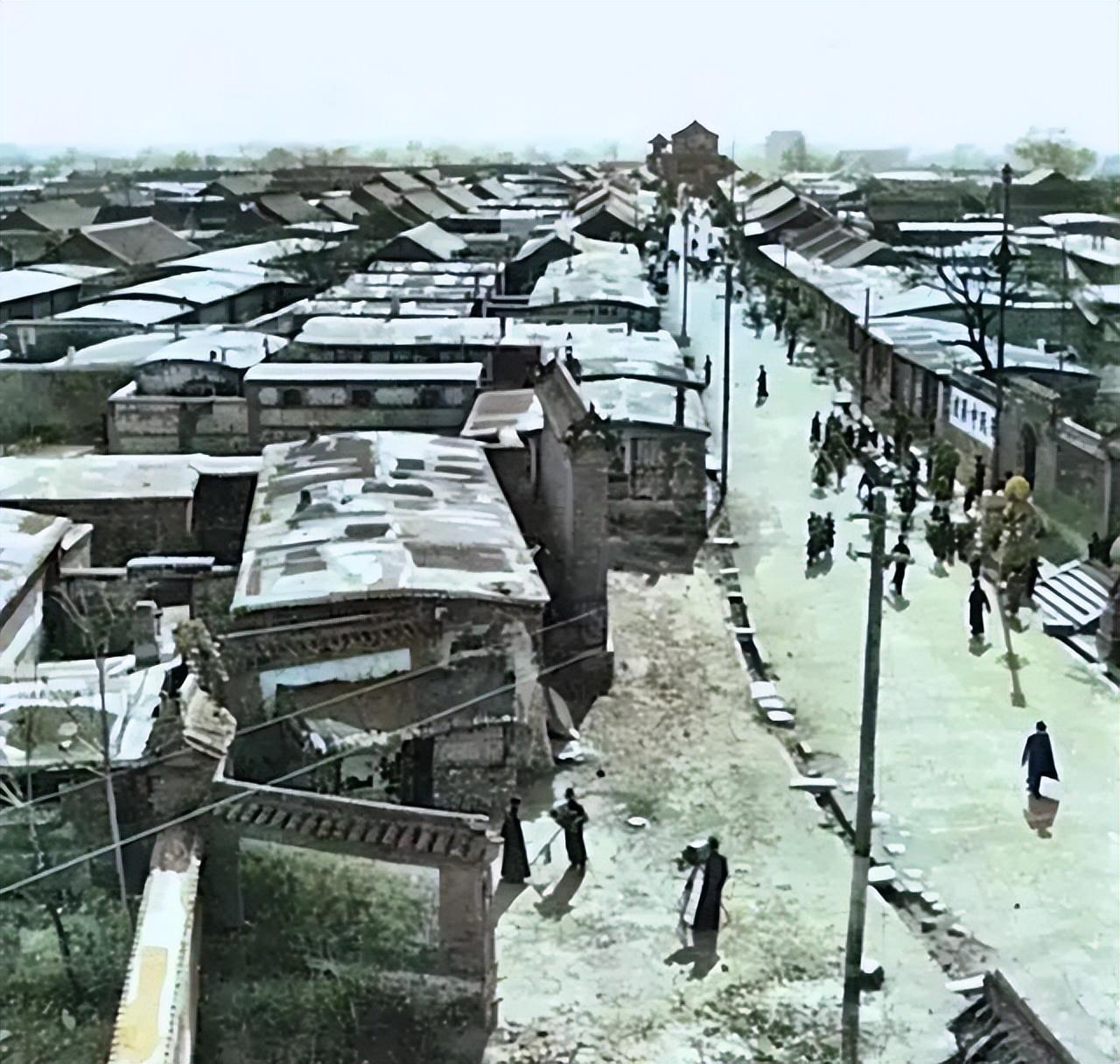
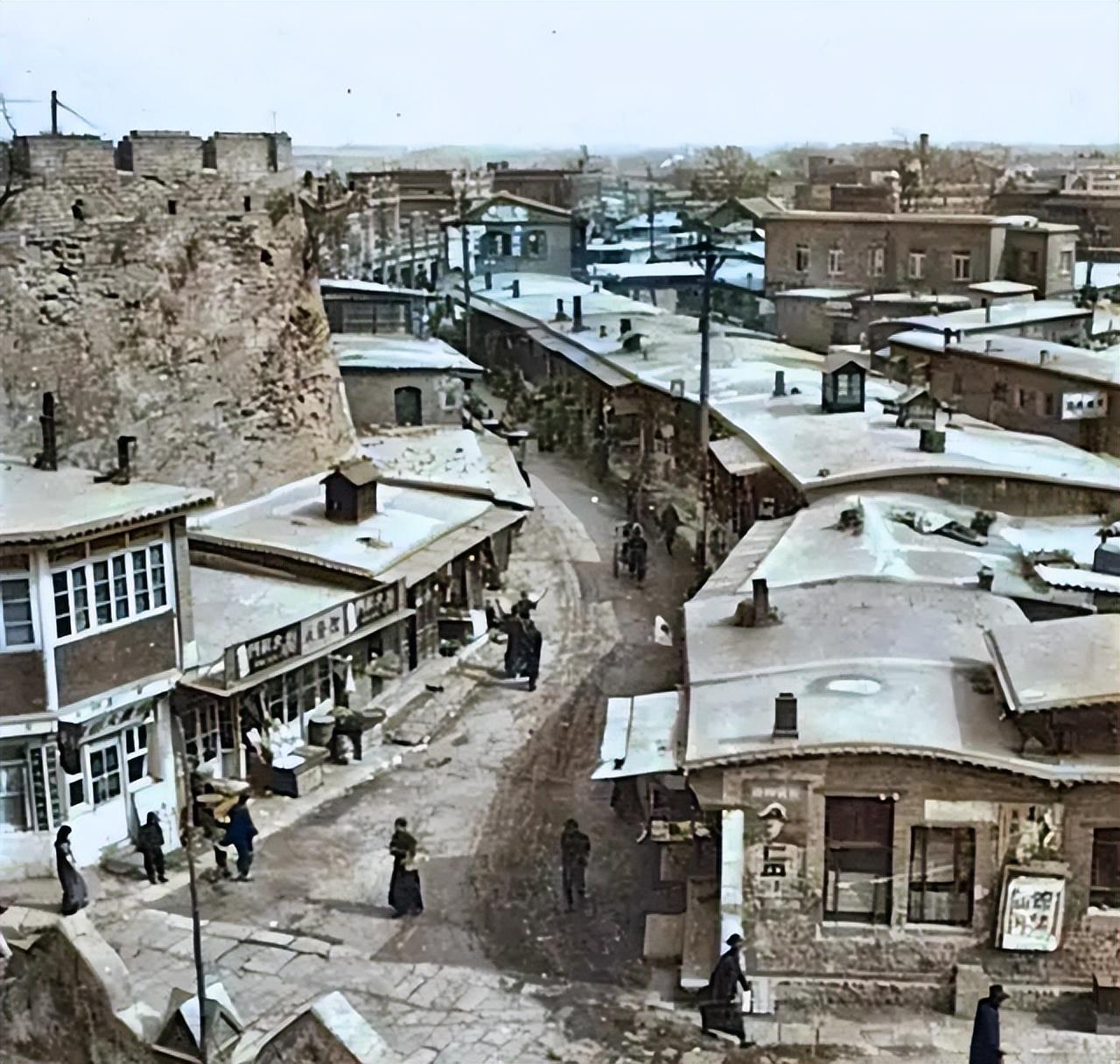
Beidaihe House Construction in the 1930s
The following set of pictures were taken by foreign journalists in Qinhuangdao, Hebei in 1934.

Shanhaiguan City Wall, Qinhuangdao, Hebei in 1934
Shanhaiguan is one of the northeastern passages of the Great Wall of the Ming Dynasty. It is known as the "first pass in the world", echoing Jiayuguan, which is thousands of miles away. In the fourteenth year of Hongwu in the Ming Dynasty (1381), the city was built and the customs were set up. Because it is based on mountains and the sea, it is named Shanhaiguan! Although the Shanhaiguan city wall in the picture is dilapidated, it is still thick and towering, showing the spectacle of the first pass in the world!
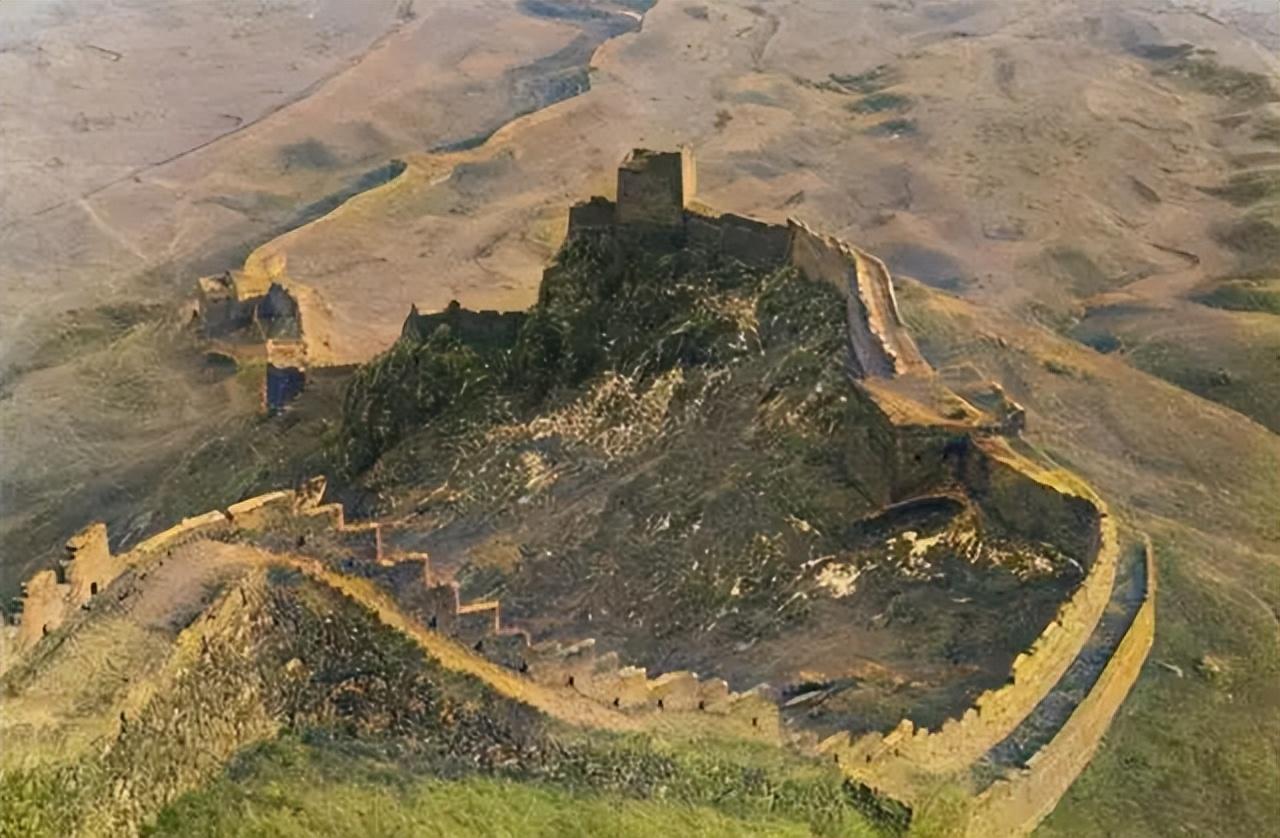
In 1934, the Wanli Great Wall of Qinhuangdao, Hebei Province, the dragon-like Wanli Great Wall meandered and stood on the ridge, with an imposing momentum!
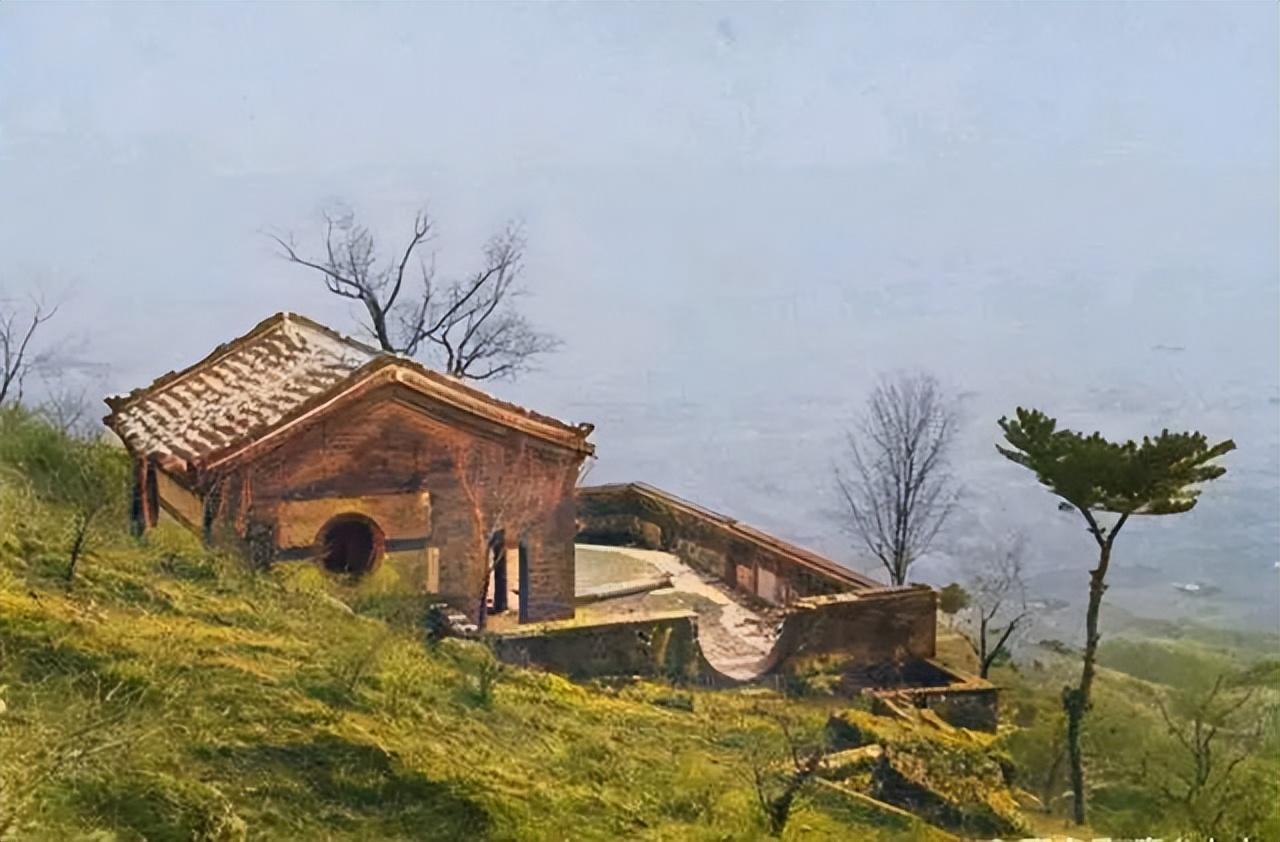
Jiaoshan Temple in Qinhuangdao, Hebei in 1934. Jiaoshan Temple is located on Jiaoshan Mountain in the north of Shanhaiguan City. Jiaoshan Temple is the first mountain that the Wanli Great Wall passes through! Jiaoshan Temple, formerly known as Qixia Temple, also known as Qixian Temple, was built in the early Ming Dynasty.

Shanhaiguan City Wall in Qinhuangdao, Hebei Province in 1934. Shanhaiguan is one of the northeastern passages of the Ming Great Wall. The city wall in the picture is in a lush woodland, which looks very quiet.

In the Sea Temple on Qinhuangdao, Hebei in 1934, there were 4 sea temples built successively from Laolou to Shihekou in the Ming and Qing dynasties! The Sea Temple is a place for local fishermen to pray to the sea for peace.
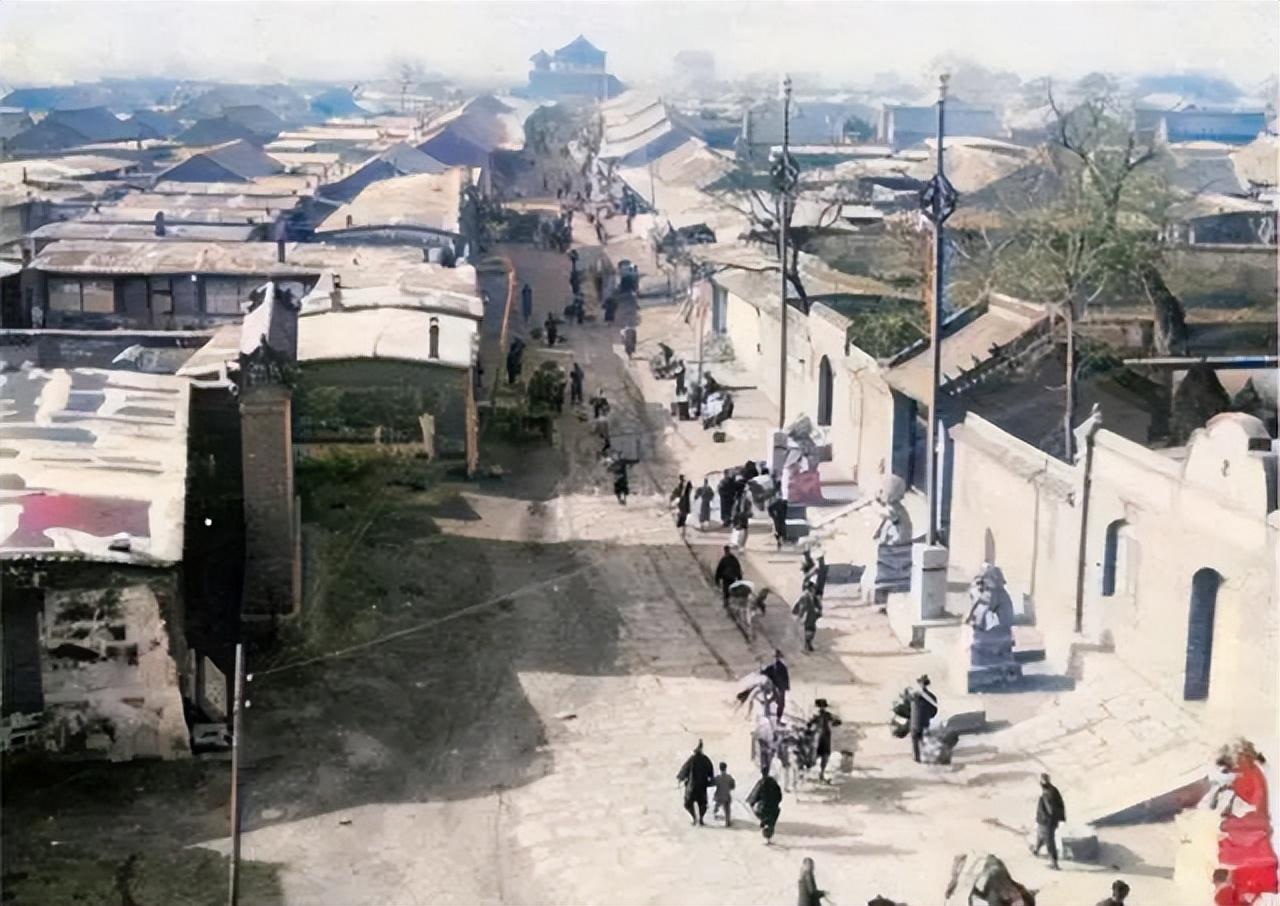
In 1934, Shanhaiguan, Qinhuangdao, Hebei Province, the scene in Dongmen City, the building layout is dense, and the houses are intact! Pedestrians come and go on the street, and it is bustling!
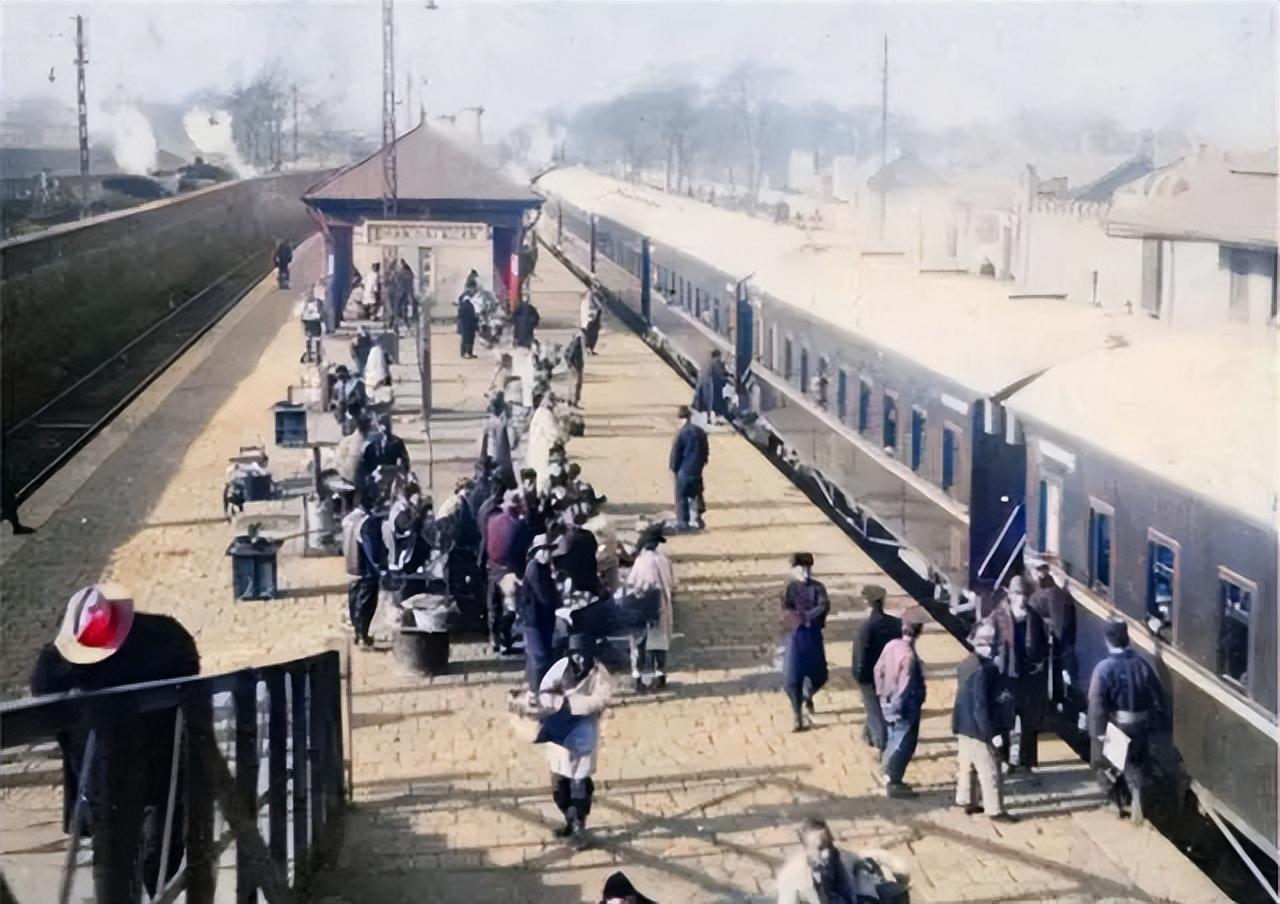
Hebei Qinhuangdao Shanhaiguan Railway Station in 1934 was built in June 1894 (the twentieth year of Guangxu in the Qing Dynasty) and is located on Nanguan Street.

In 1934, in the suburbs of Qinhuangdao, Hebei, an elderly man wearing a top hat and a very distinctive beard was surrounded by two young children who were drying sorghum in the open space.

In Qinhuangdao, Hebei in 1934, a Taoist priest with a fan in his hand and a long shirt stood at the door of the Taoist temple, looking like a fairy wind and Taoist bones.
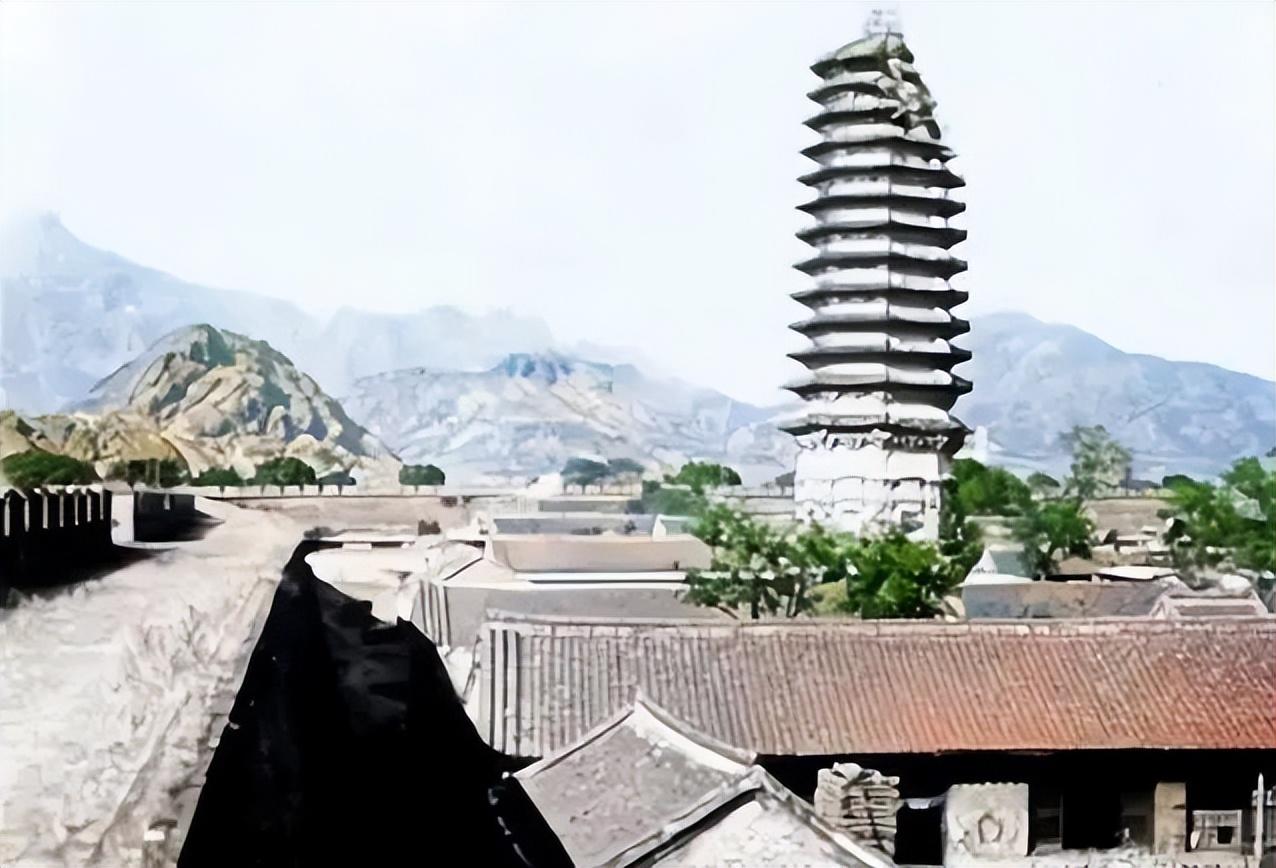
Yuanying Temple Pagoda is located in the northwest corner of Changli County, Hebei Province. It is named after a "Yuanying Temple" where the tower is located. The Yuanying Temple Pagoda is eight corners and thirteen layers of solid and dense eaves. Its architectural structure is fine, its shape is beautiful, and it is simple and spectacular. Looking at the ancient pagoda from a distance, it is majestic and spectacular, especially when it is shinning in the sunset, it is even more magnificent and colorful 。

Eagle Corner Pavilion built in 1937
Ancient Tiankai Haiyue Stele
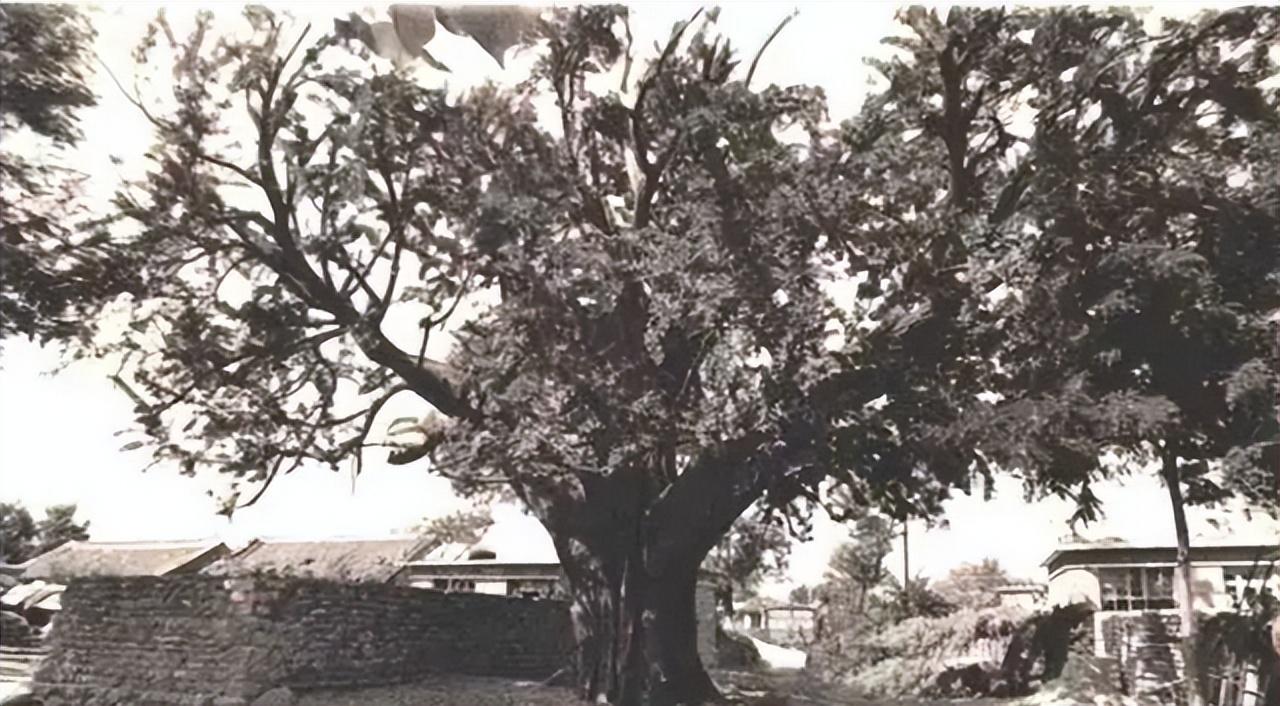
An ancient ginkgo tree with a tree age of more than 2,800 years
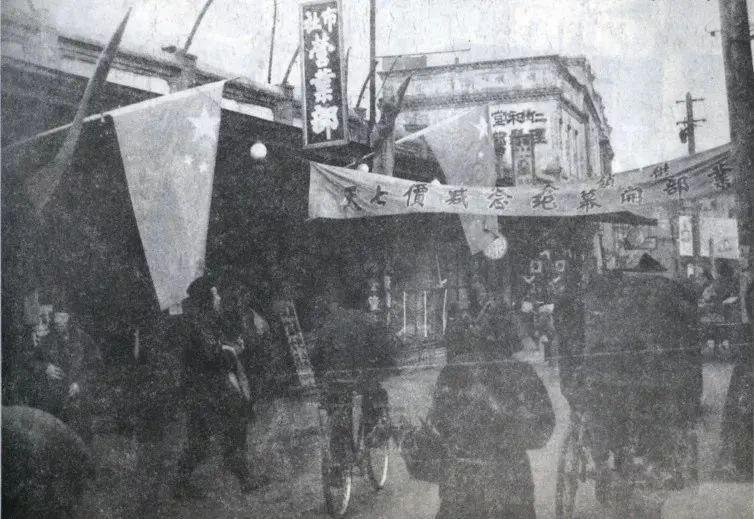
Great Wall Road in the early days of liberation
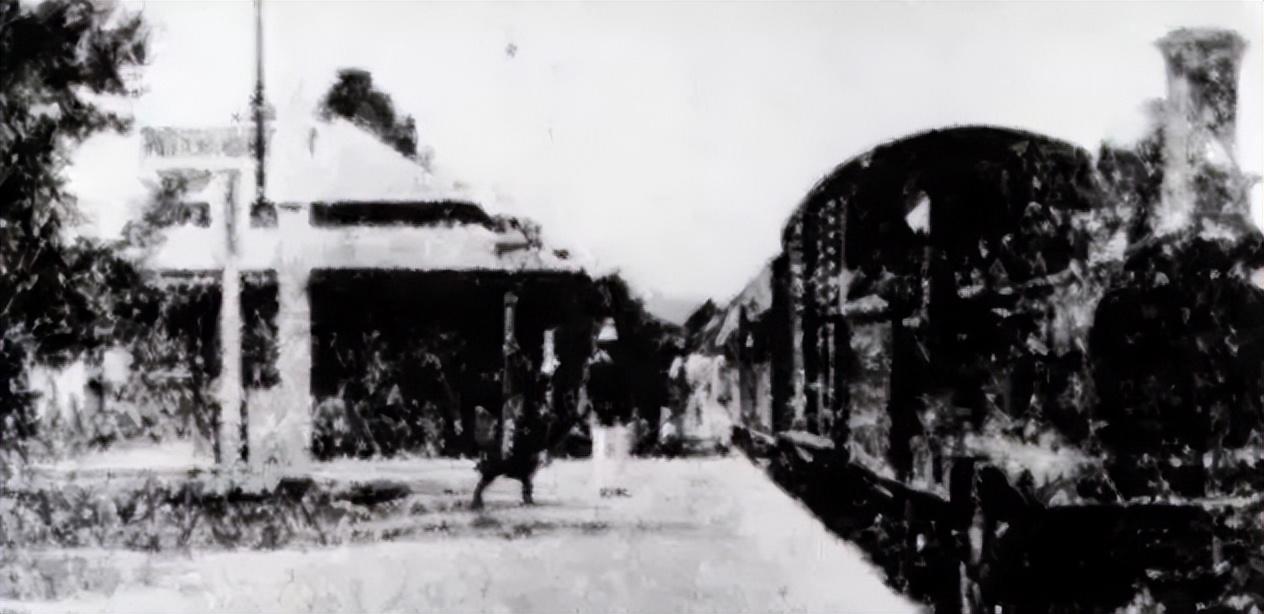
Beidaihe Railway Station before liberation
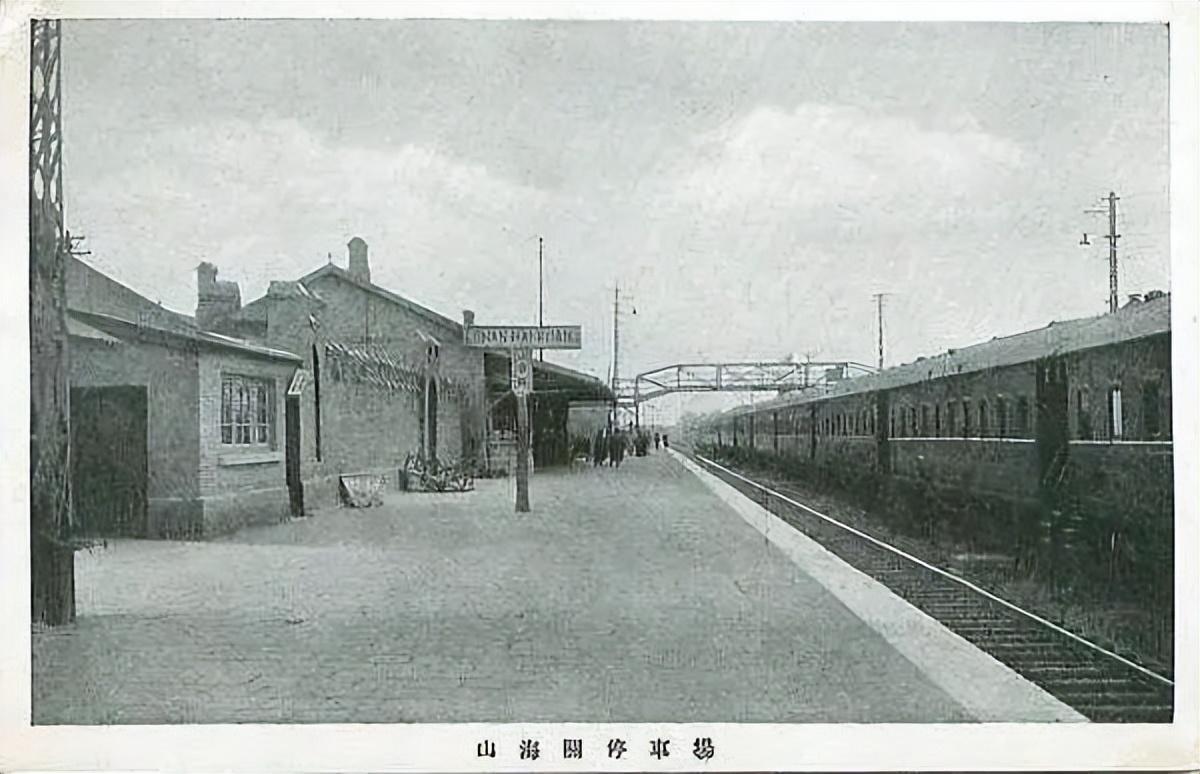
Laoshan Customs Station
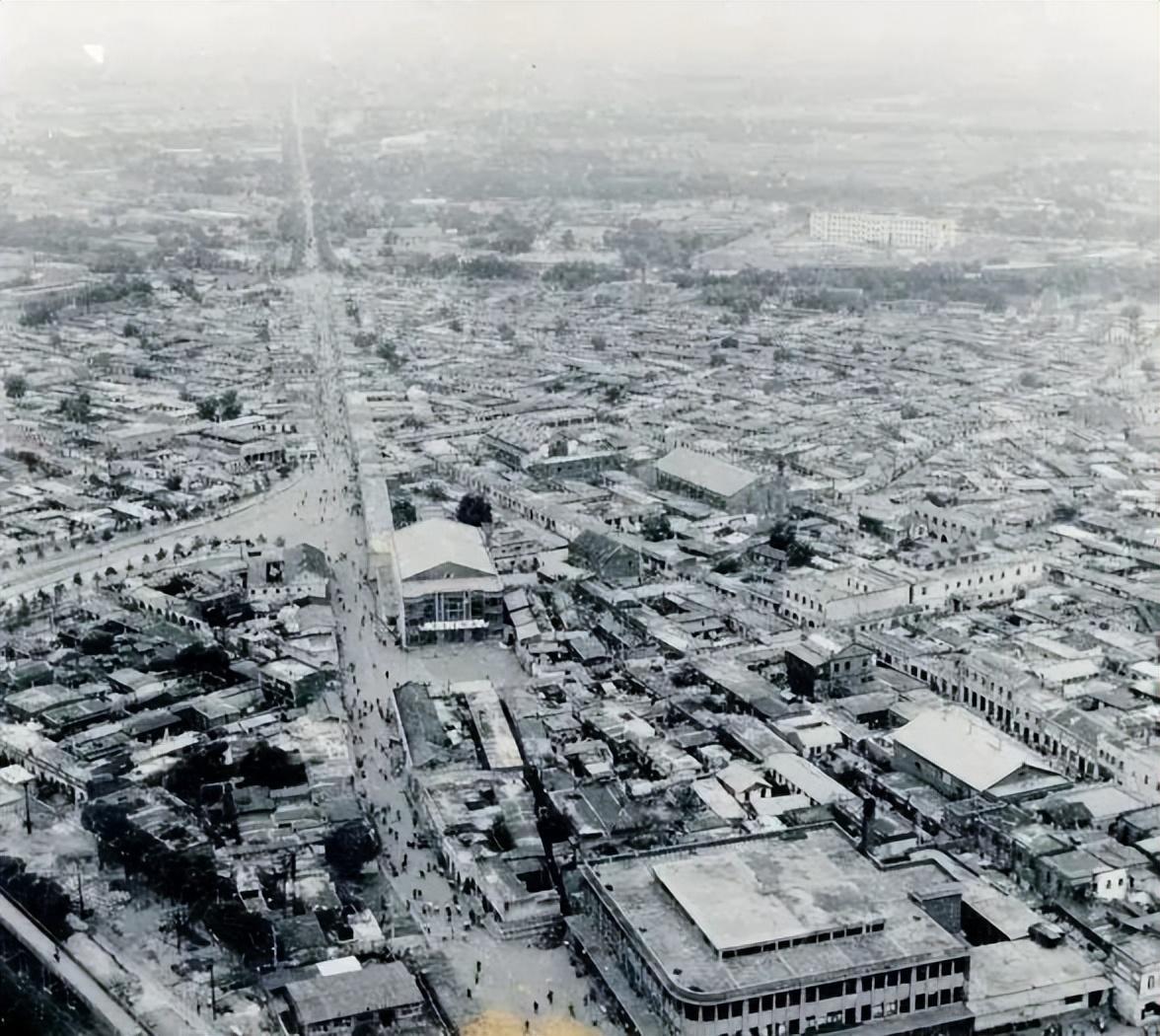
The rain that used to come
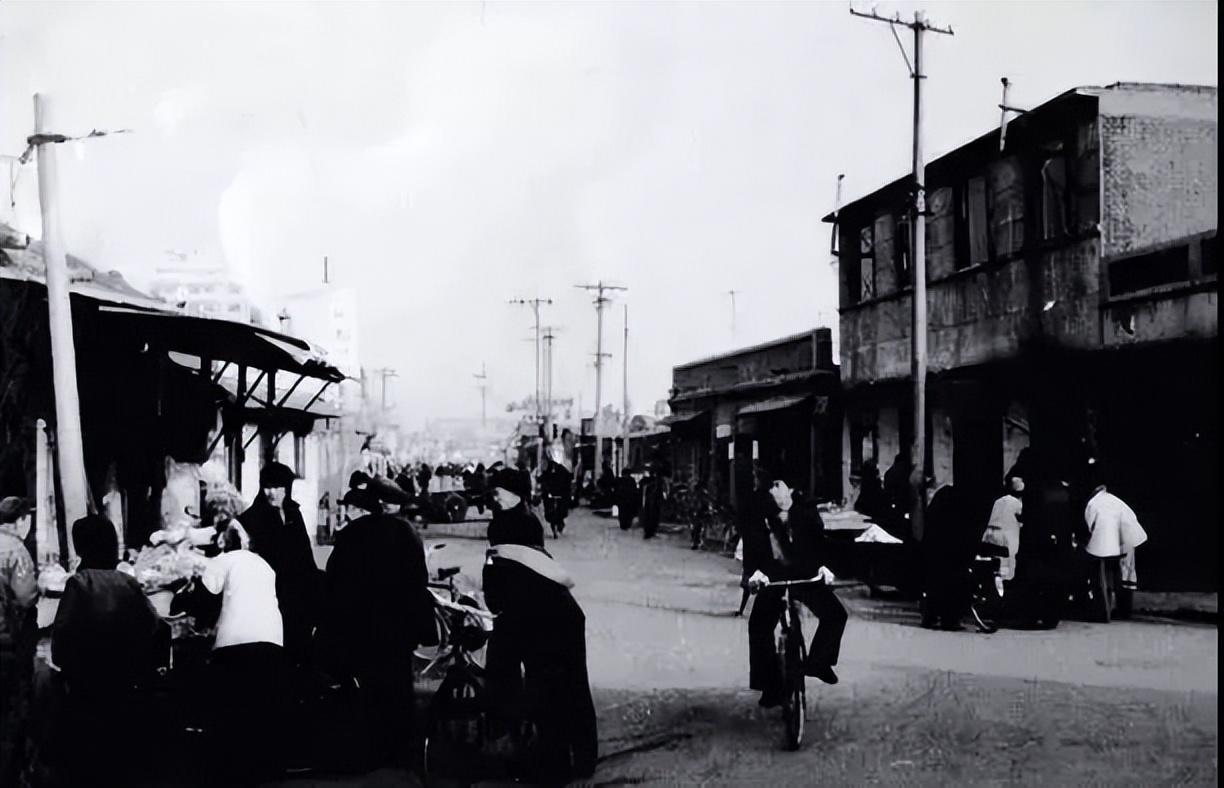
Former halal street
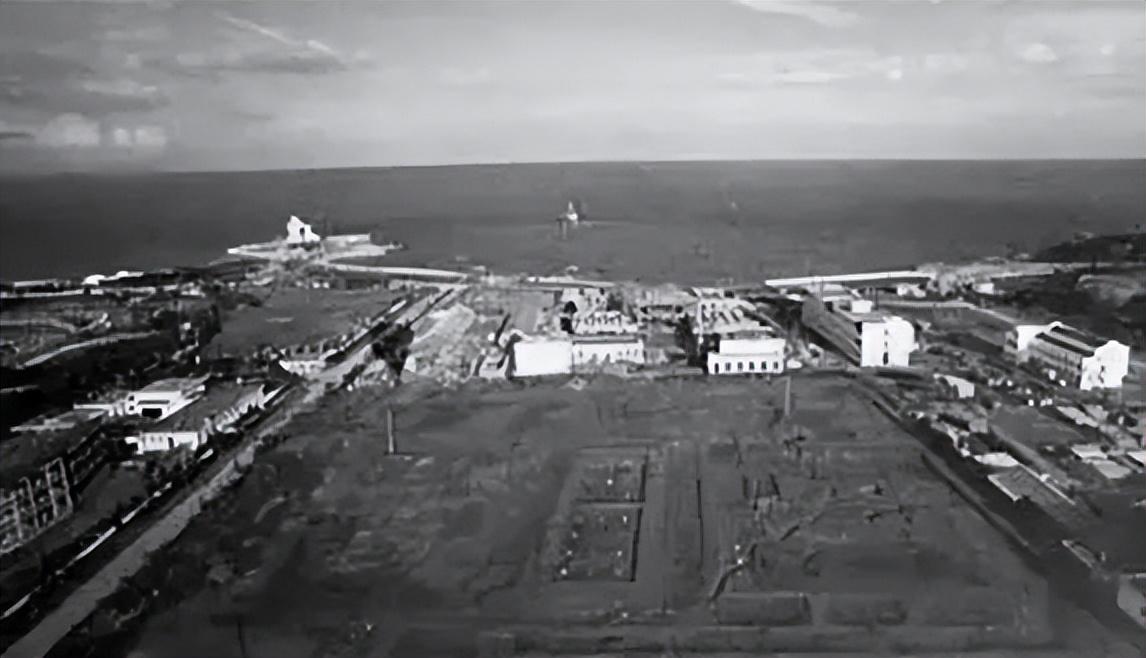
The site of the former Jinshanzui Qin Palace
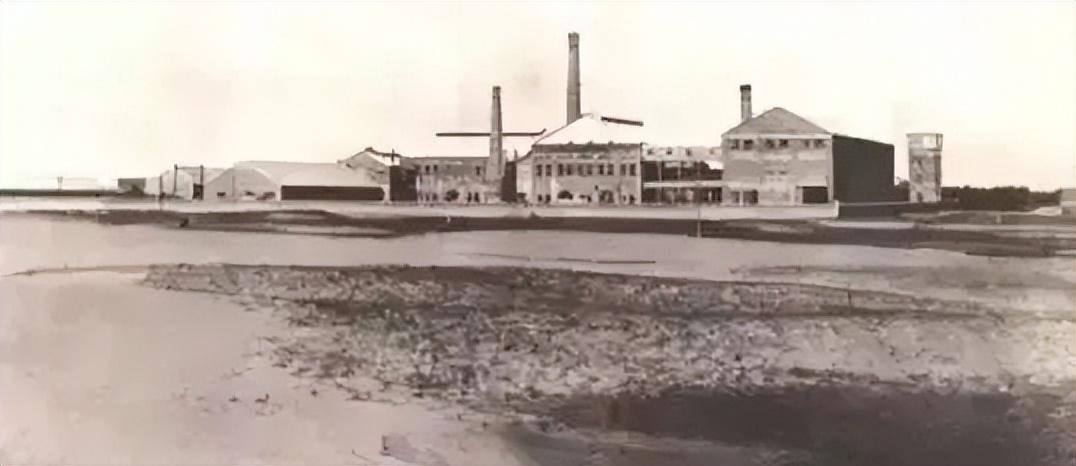
The former Yaohua Glass Factory
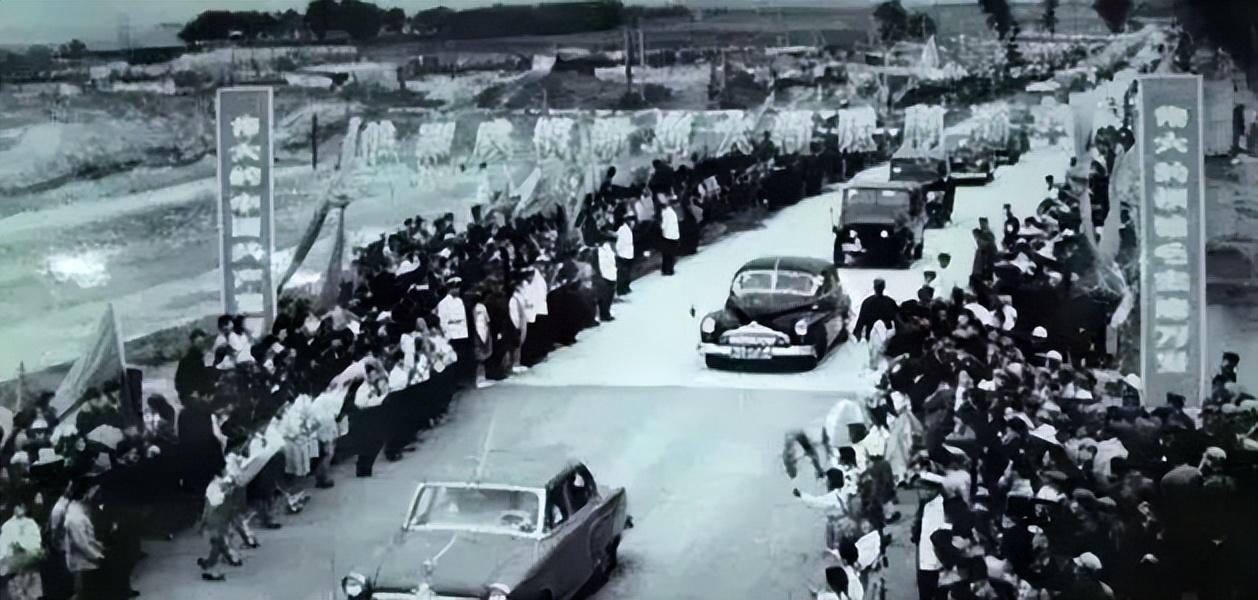
The former Tanghe Bridge

People's Park in 1953
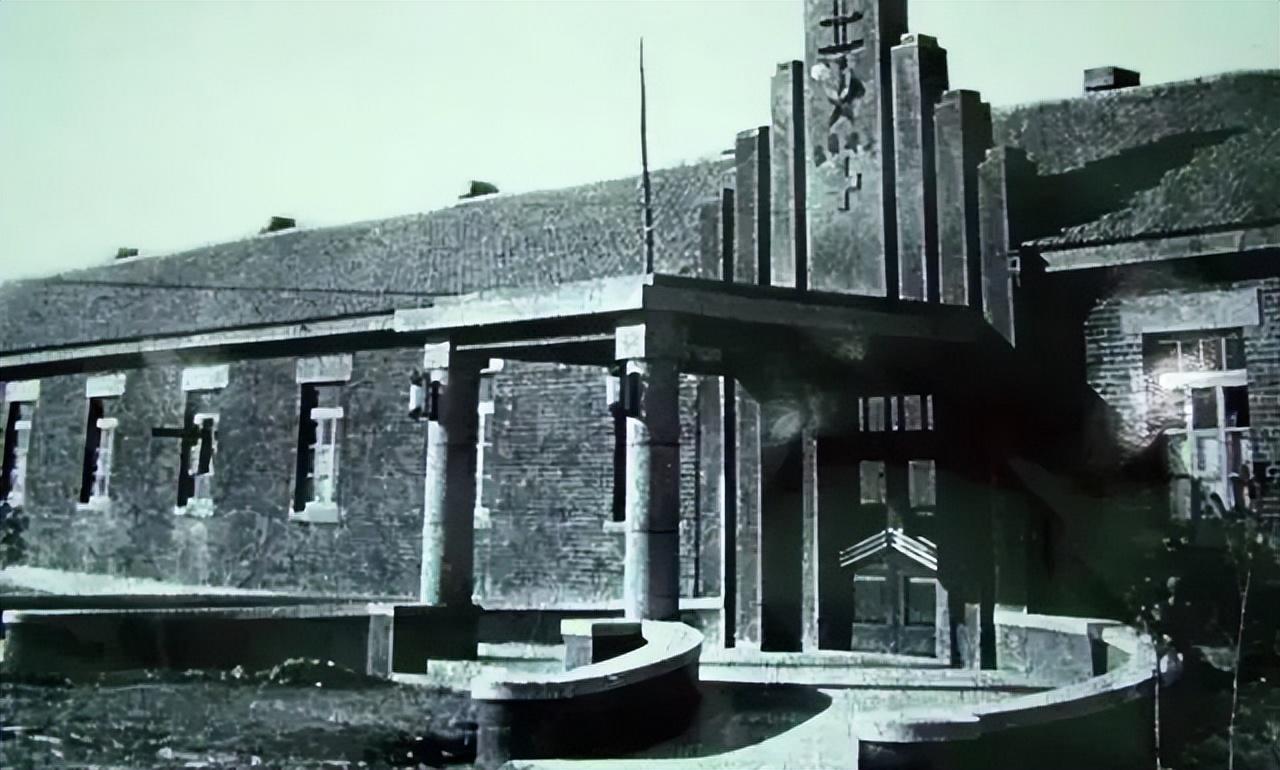
Former People's Hospital
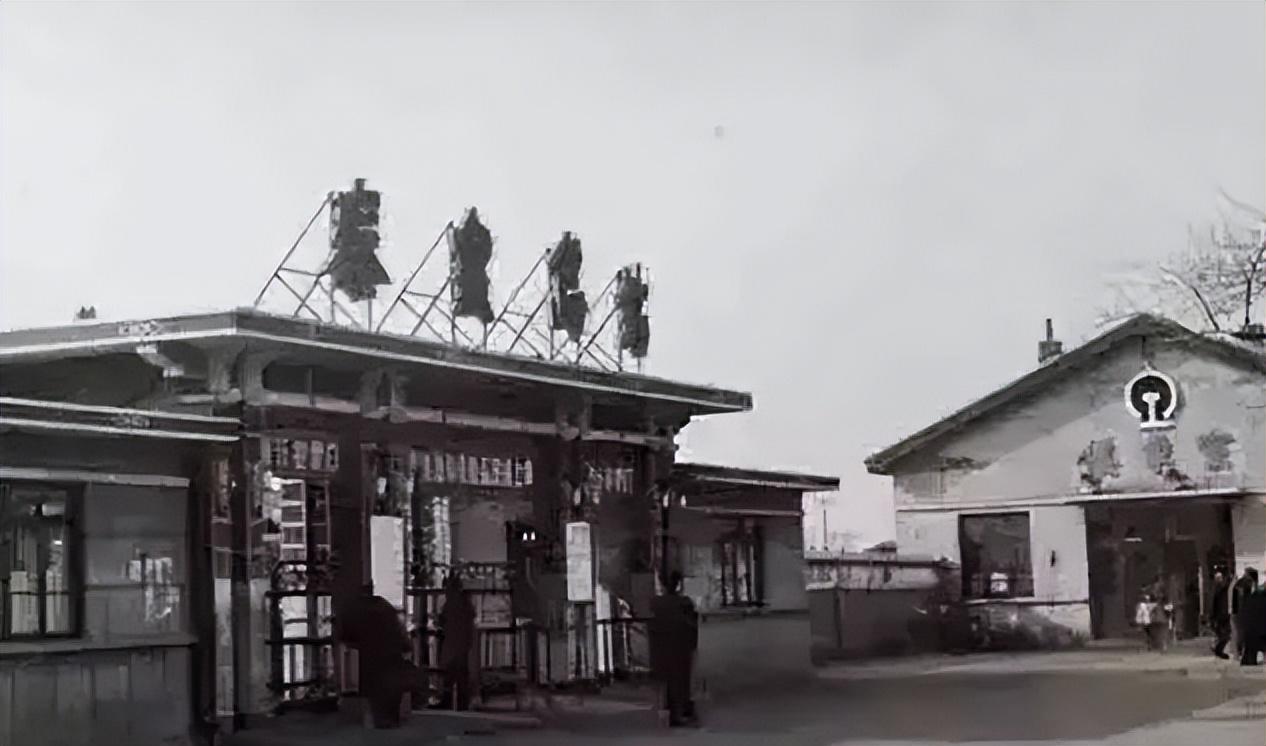
Qinhuangdao Railway Station in the 1970s

1978 Kang Leli
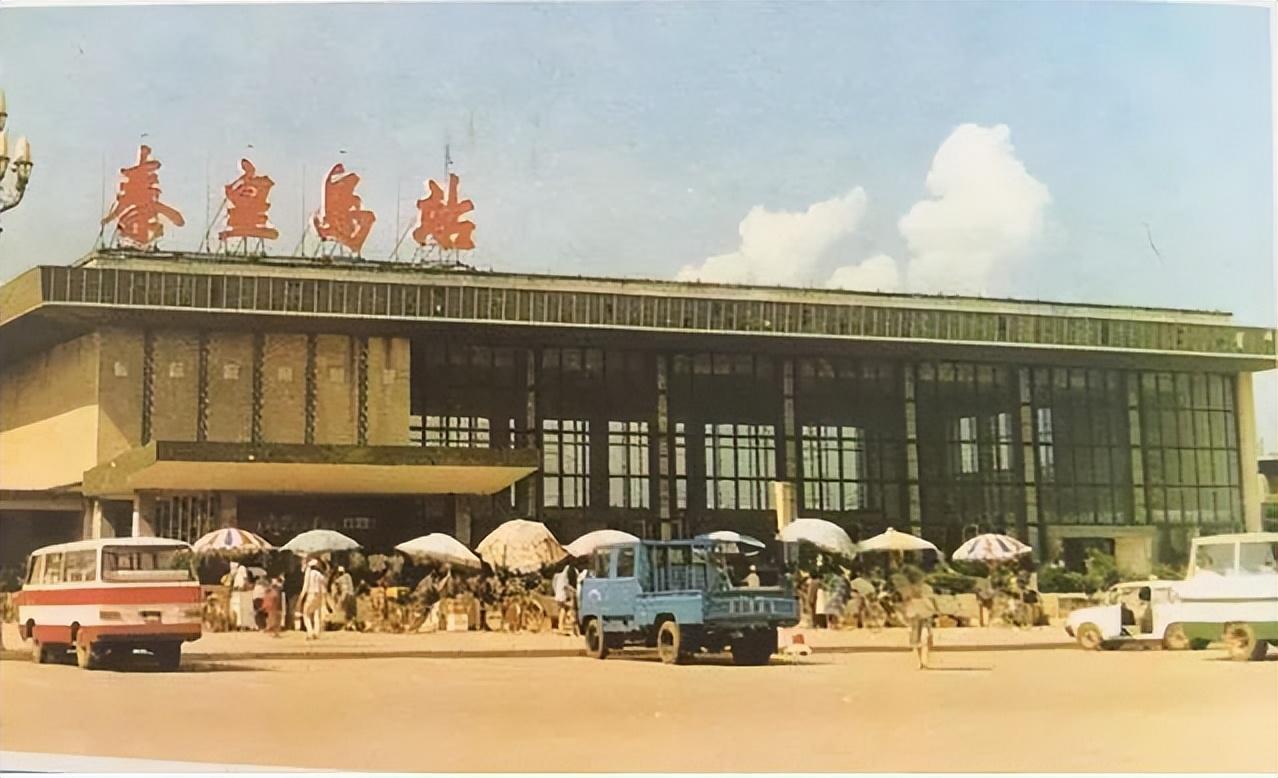
Qinhuangdao Station was built in the nineteenth year of Guangxu in the Qing Dynasty (1893). Because the railway station was built in the south of Beidaihe Village, it was called Beidaihe Station at that time.
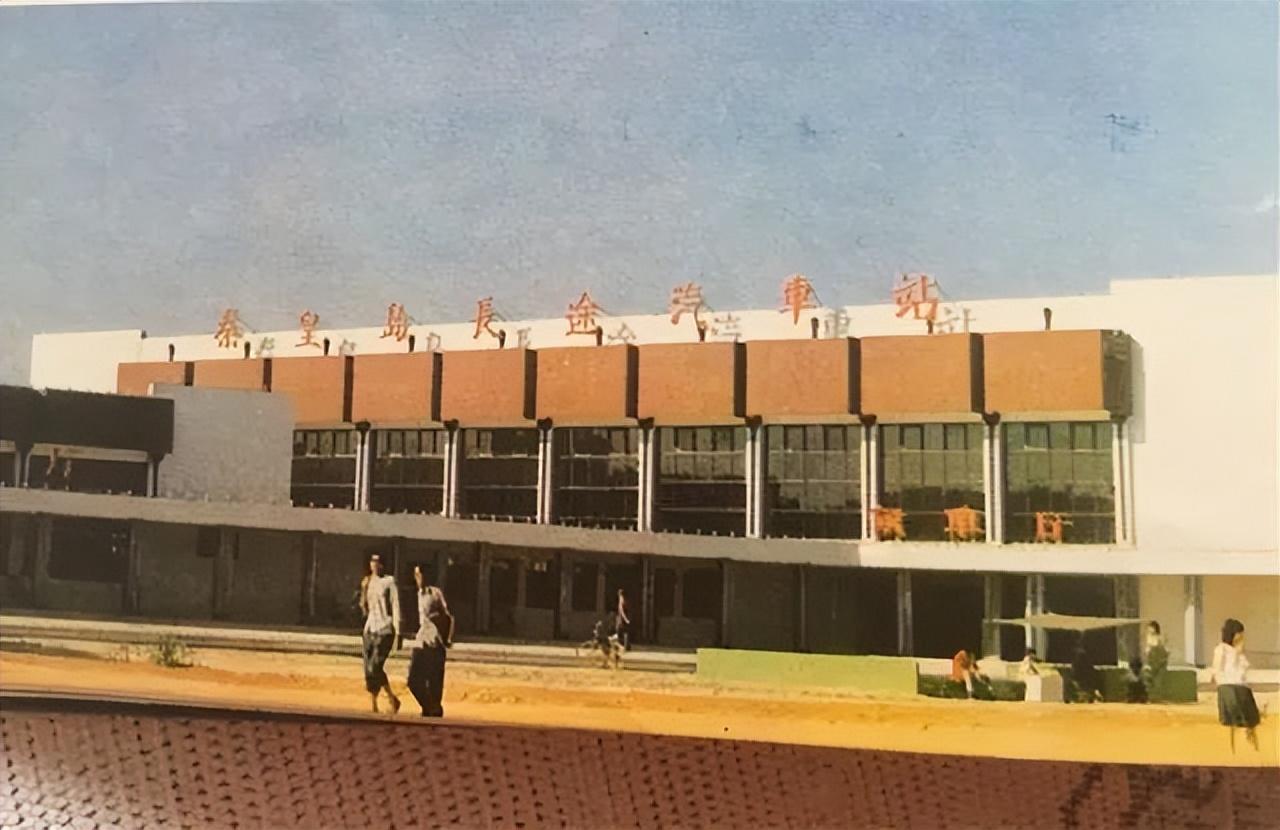
The former Qinhuangdao Bus Station
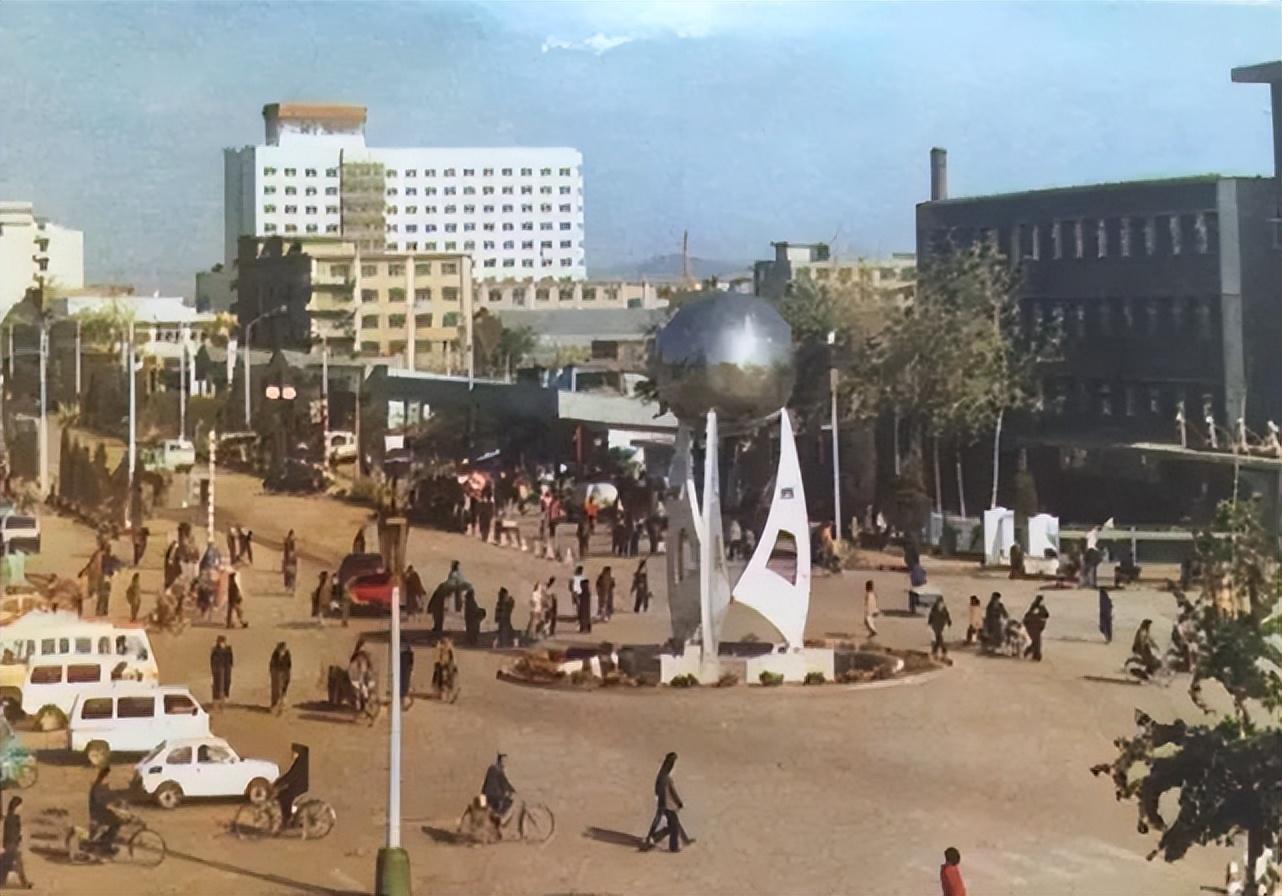
In Qinhuangdao Windsurfing Square in the 1980s, the "big iron ball" sculpture on the square is the landmark building in this area.
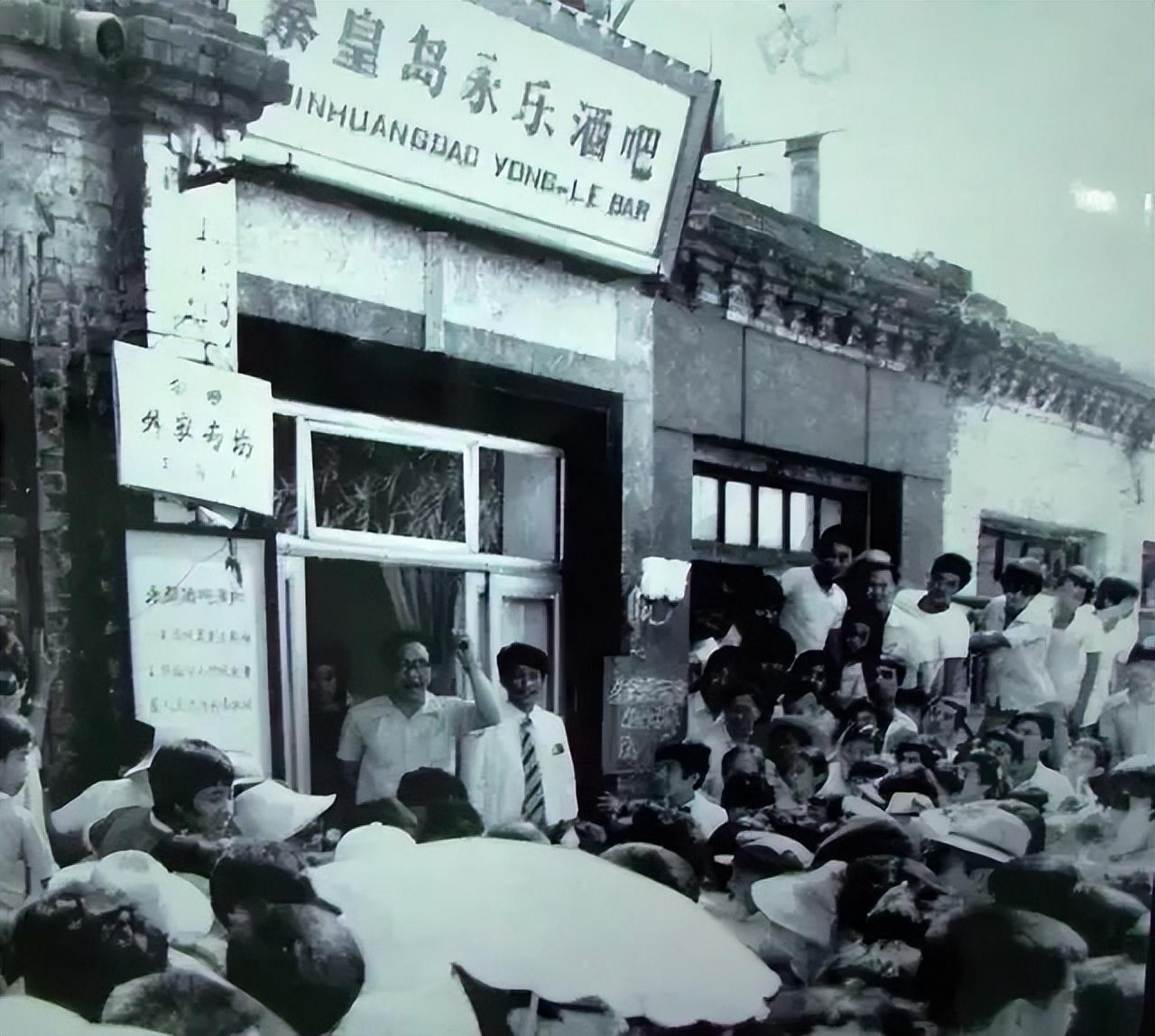
1983 The first bar in Qinhuangdao

Haiyang intersection in the harbor area in 1987
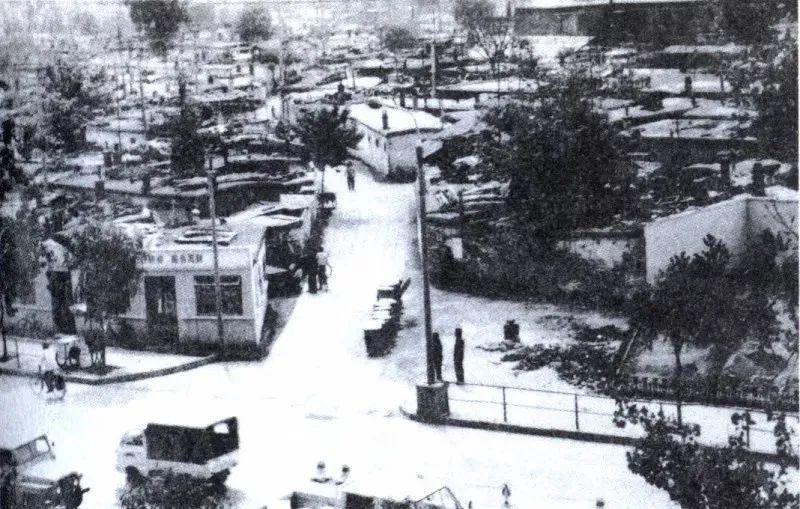
In 1996, the intersection of the original Wenhua Road and Haiyang Road
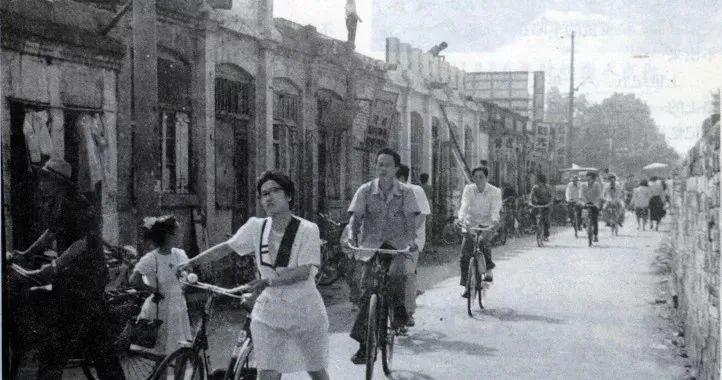
The former Haiyang Road in the harbour area

Yingbin Road
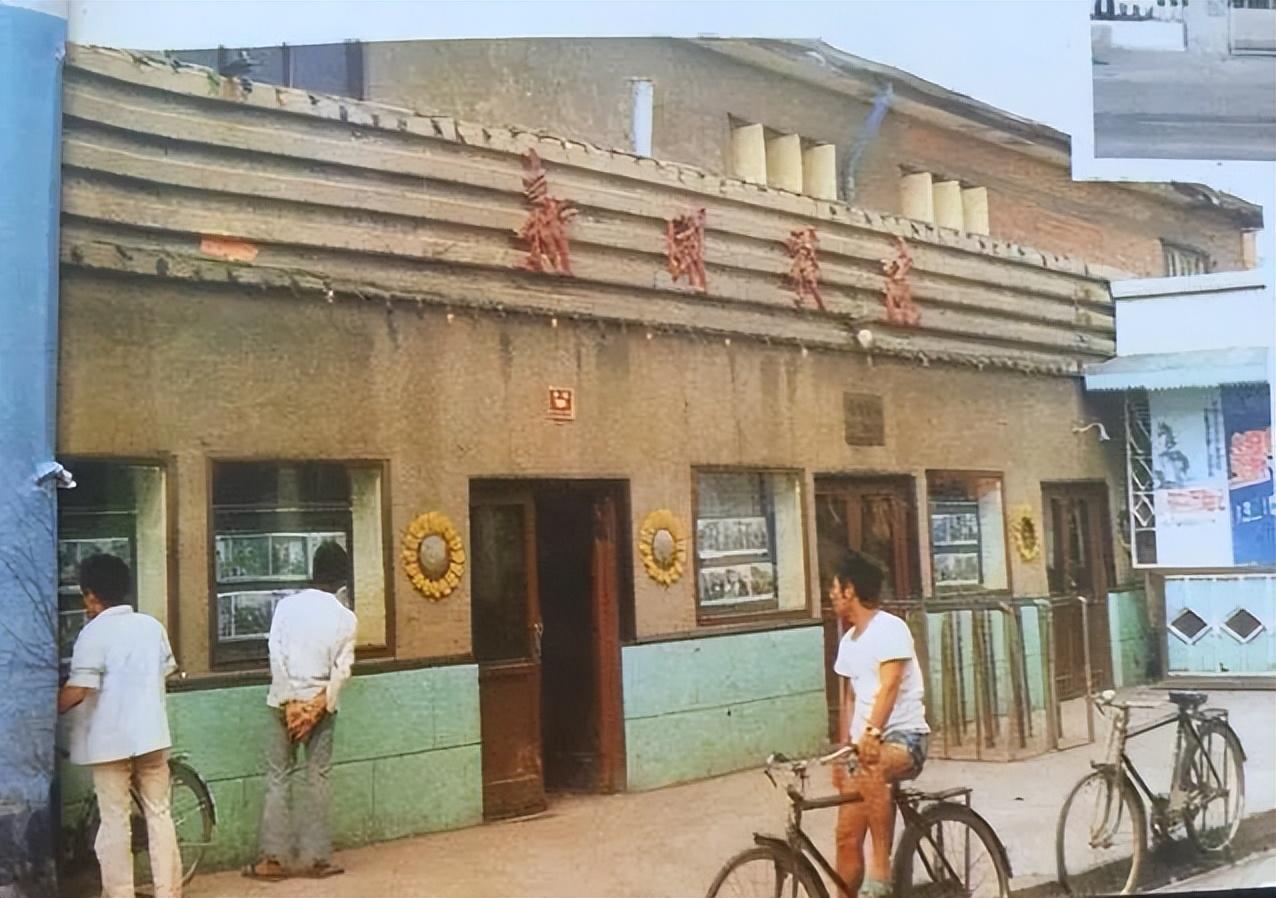
News Cinema

Qinhuangdao Daily
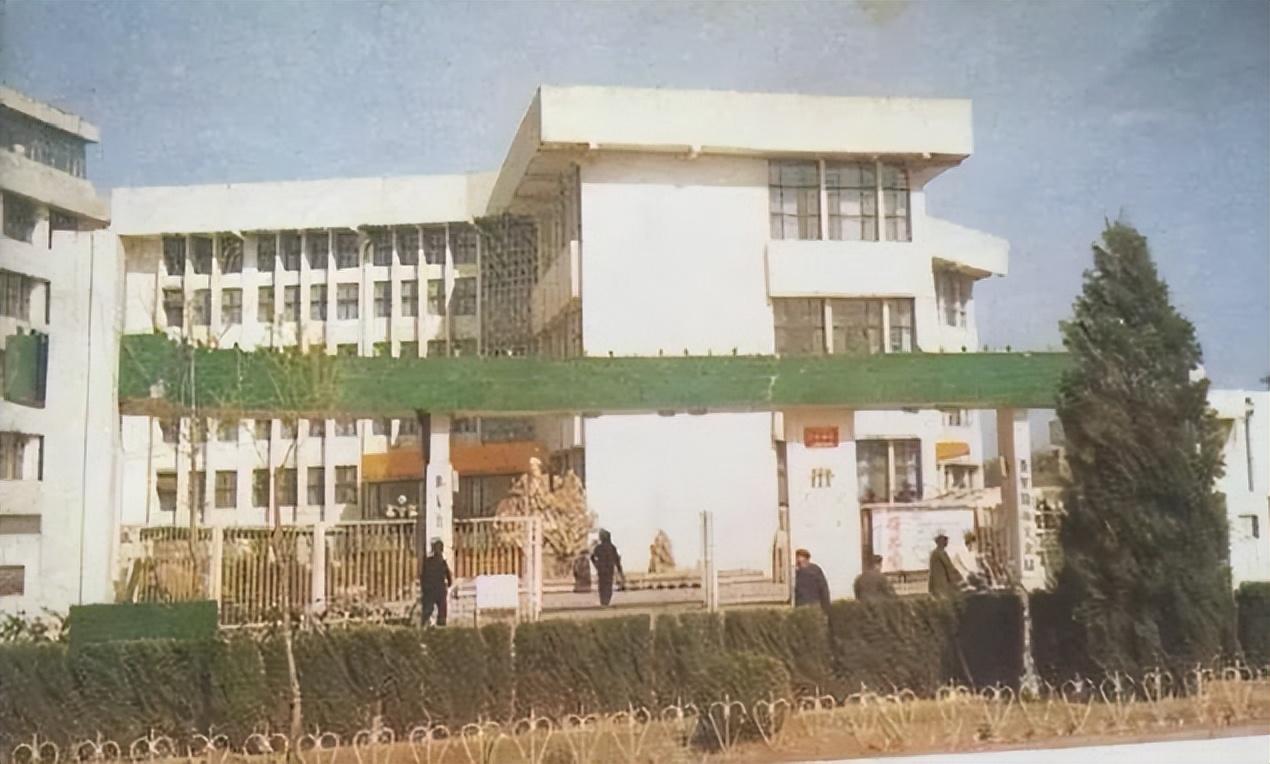
Library
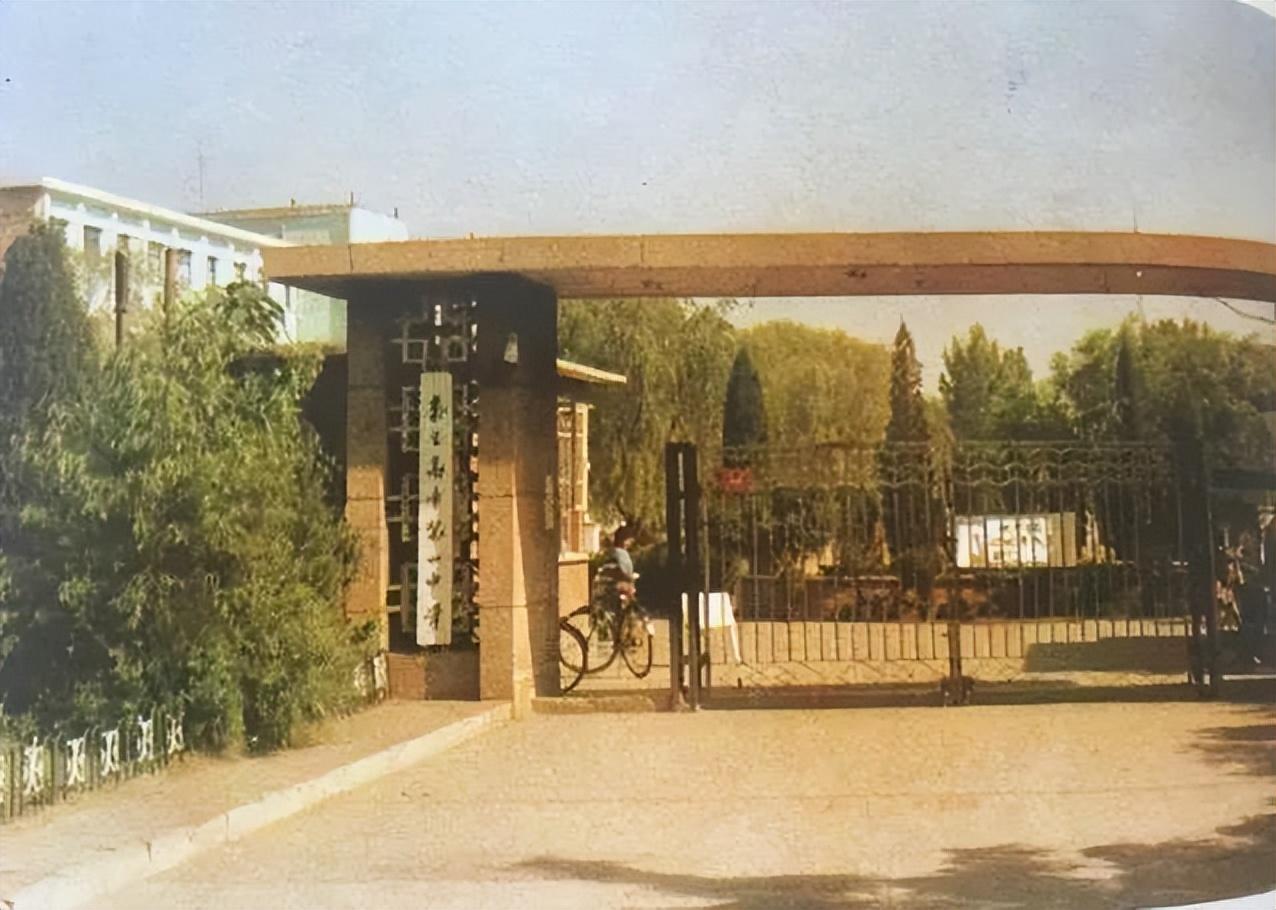
No. 1 Middle School

Yingbin Road Primary School
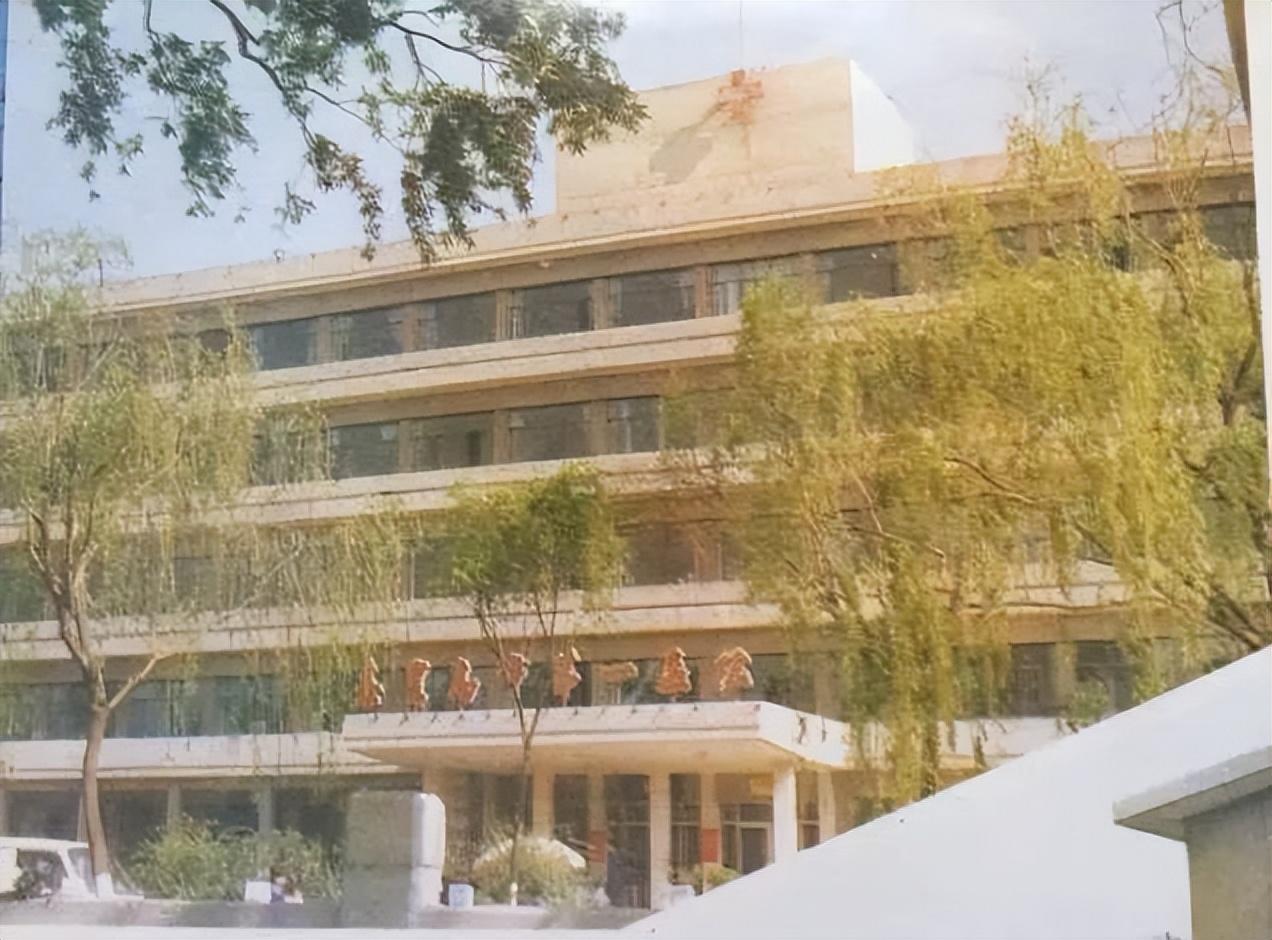
First hospital
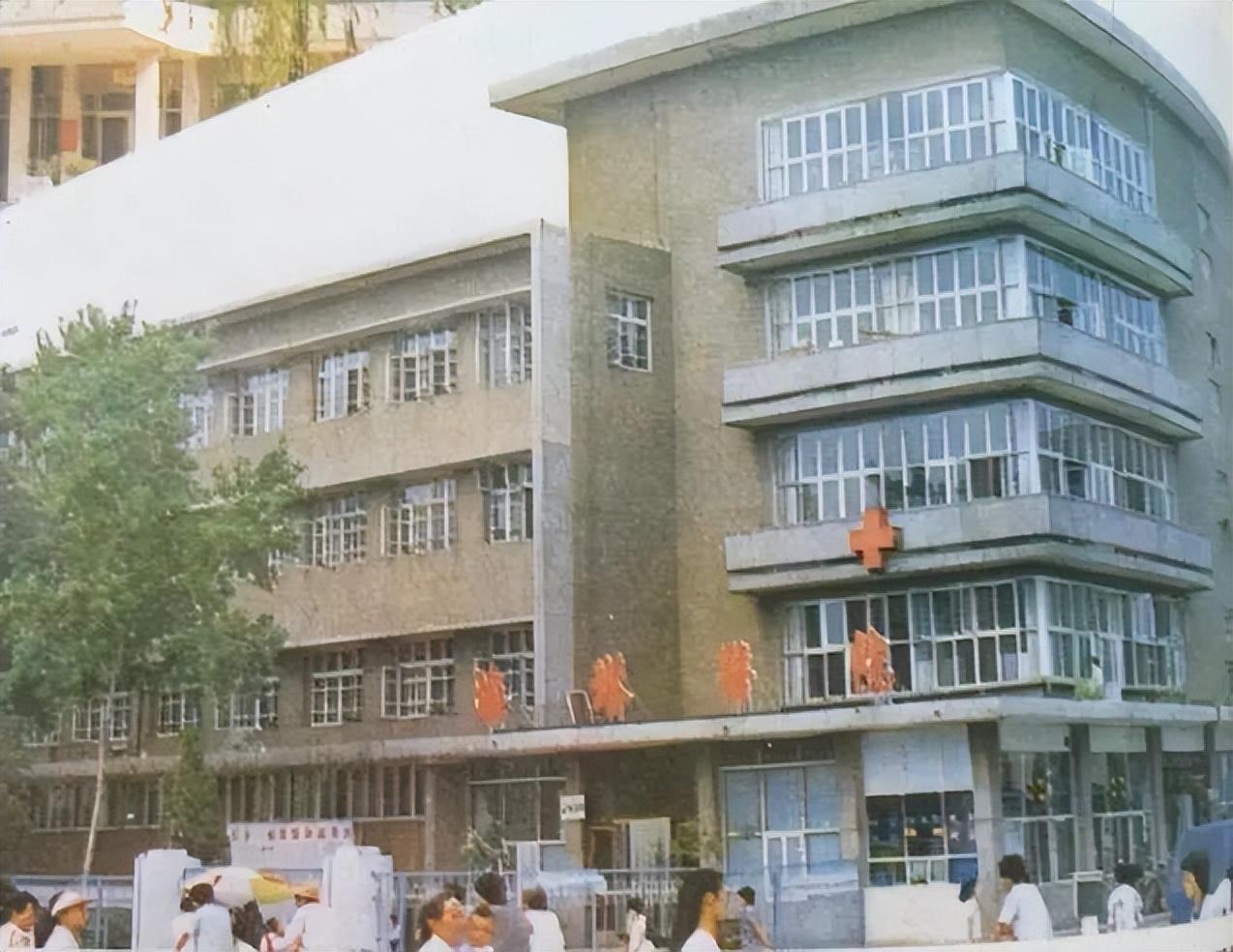
Harbour Hospital
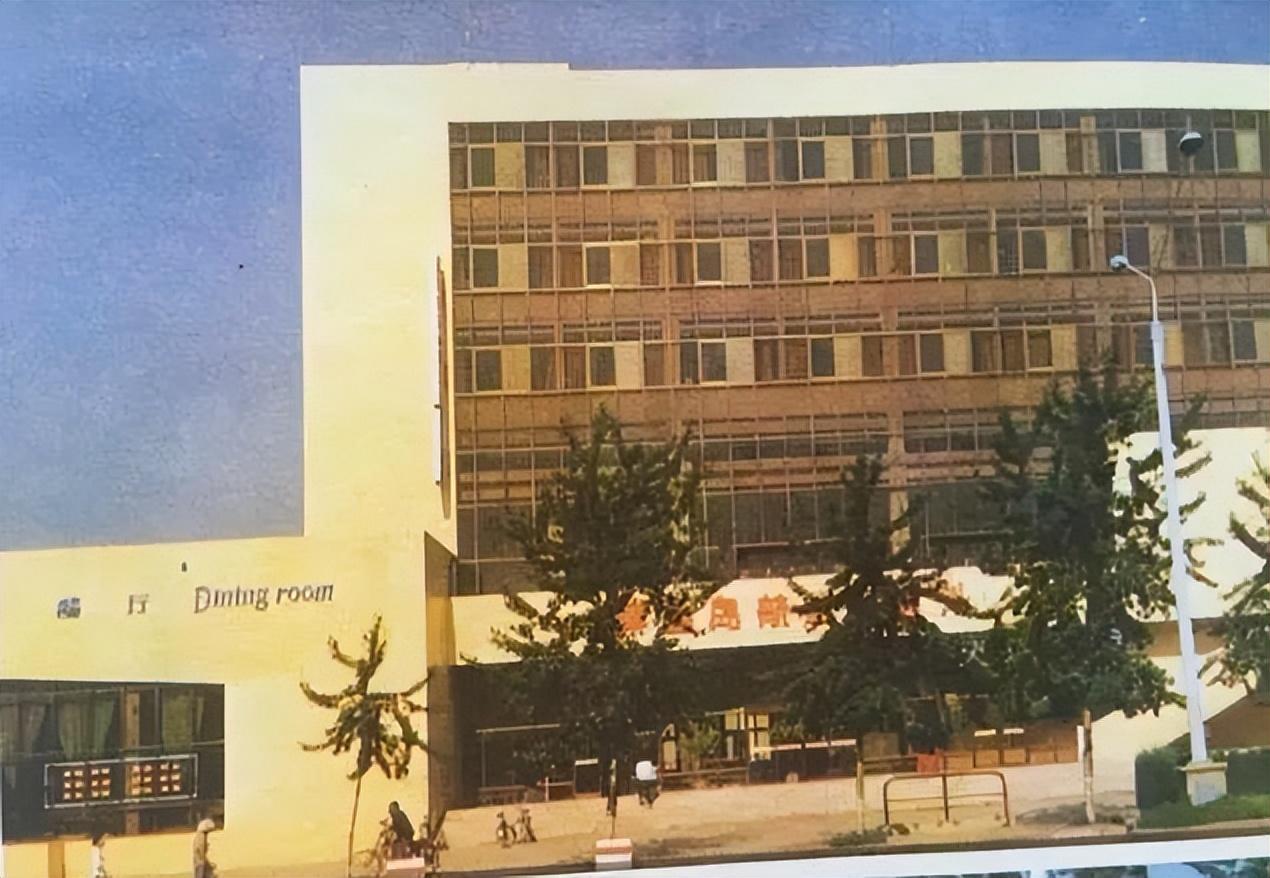
Civil Aviation Station
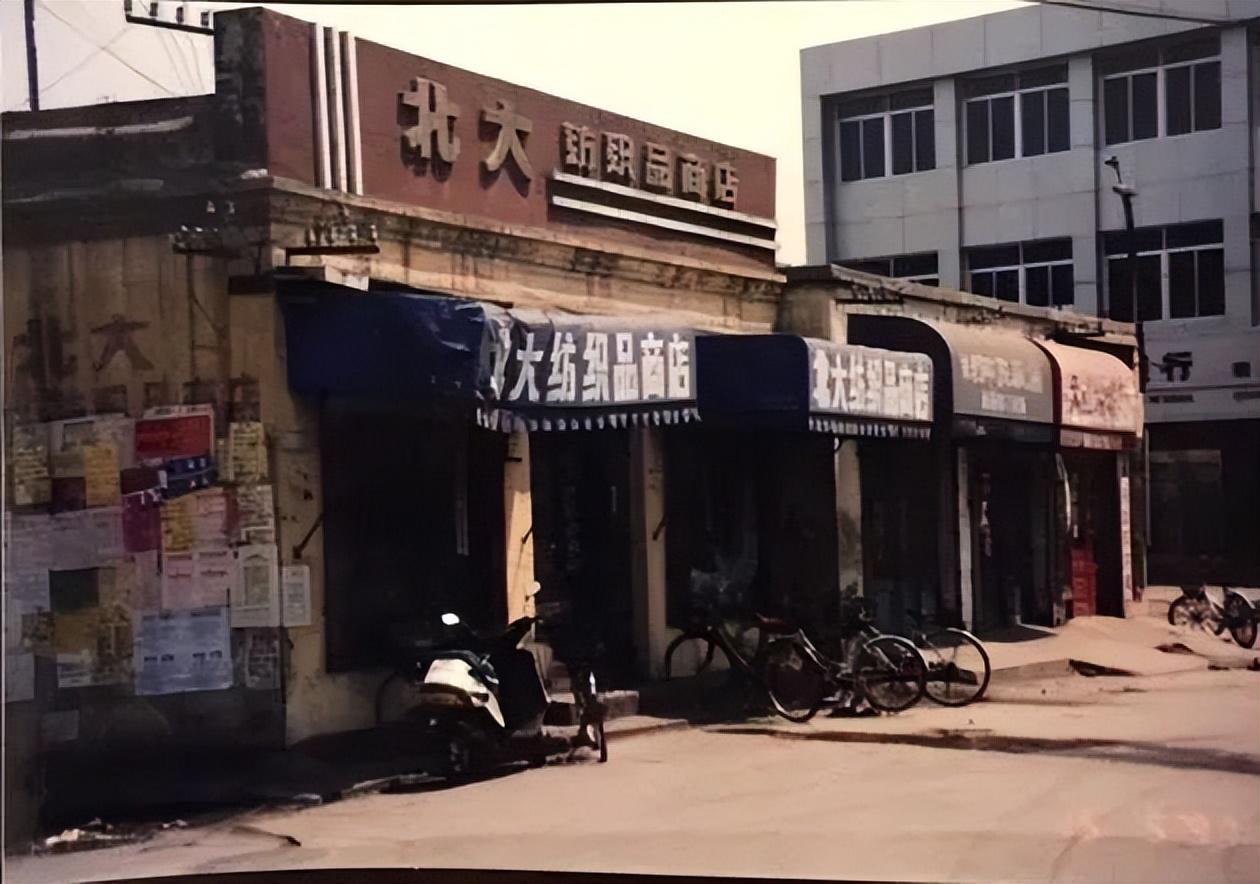
Peking University Cloth Store
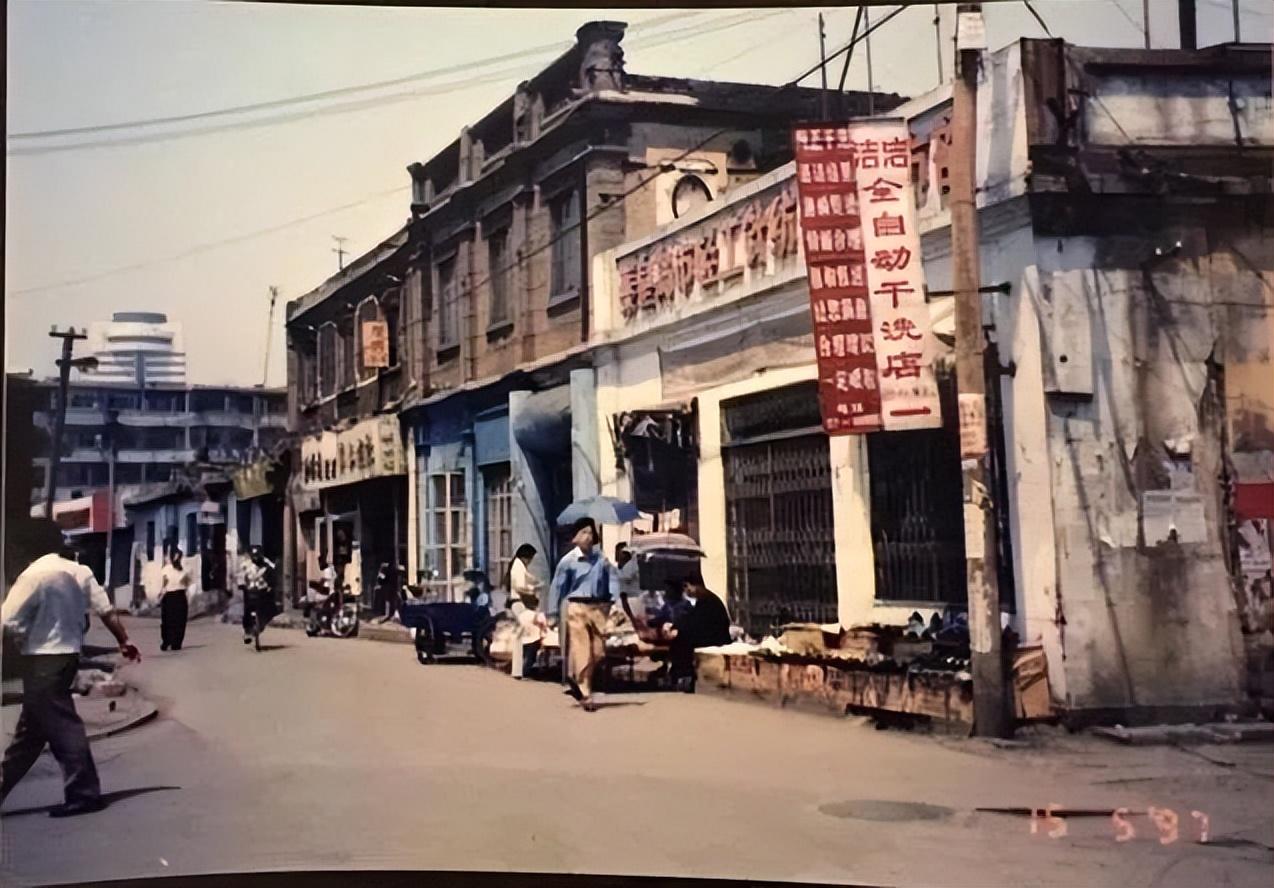
Great Wall Road
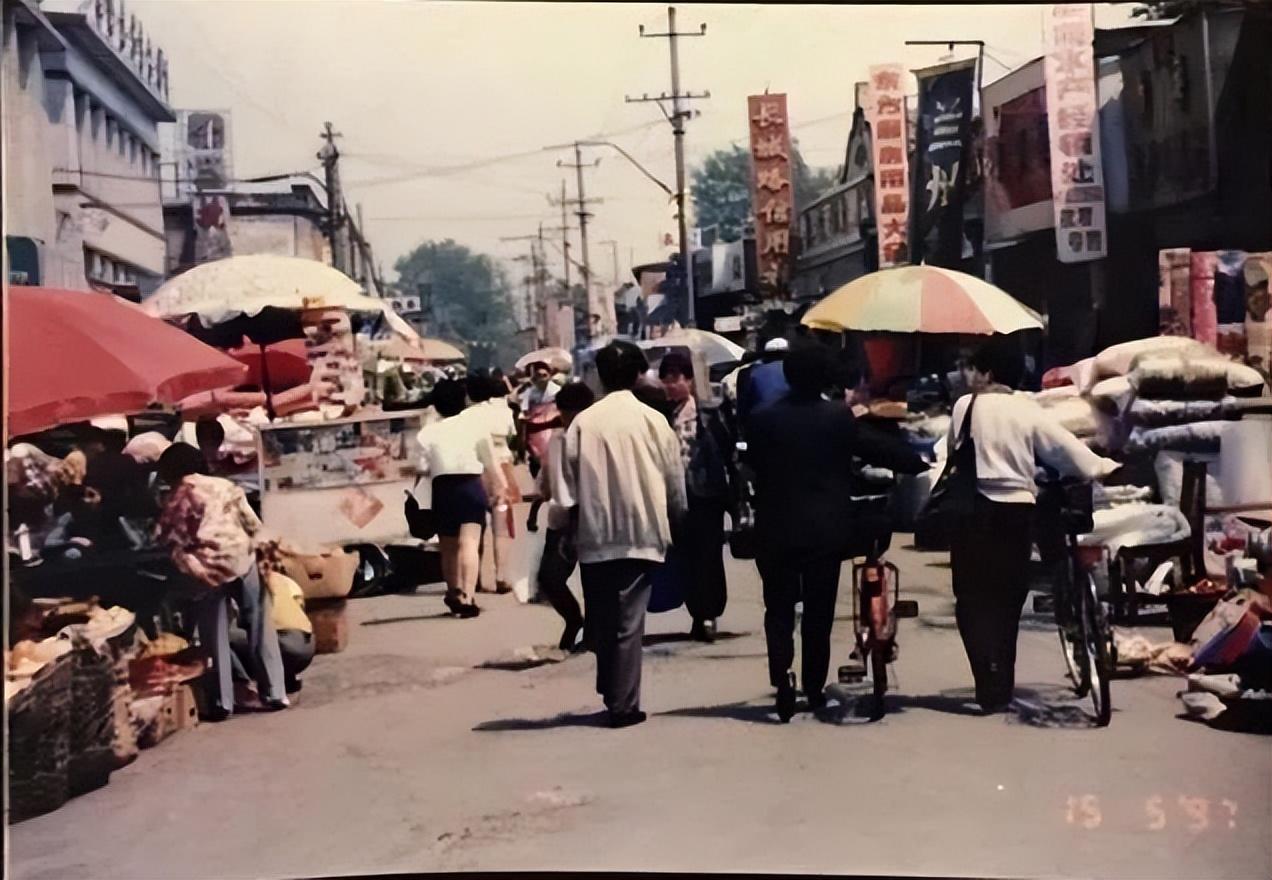
Great Wall Road

The Qinhuangdao general merchandise building in the 1980s. It was the largest and most comprehensive general merchandise mall in Qinhuangdao at that time.

Yanbin Shopping Mall in Qinhuangdao in the 1980s.

The gate of Qinhuangdao No. 1 Middle School in the 1980s. Qinhuangdao No. 1 Middle School was founded in 1929 and was identified as a key middle school in Hebei Province as early as 1955.

The street scene of Baoer Road, Beidaihe, Qinhuangdao in the 1980s. Baoer Road is known as "a European-style street". It records the century-old history of Beidaihe.
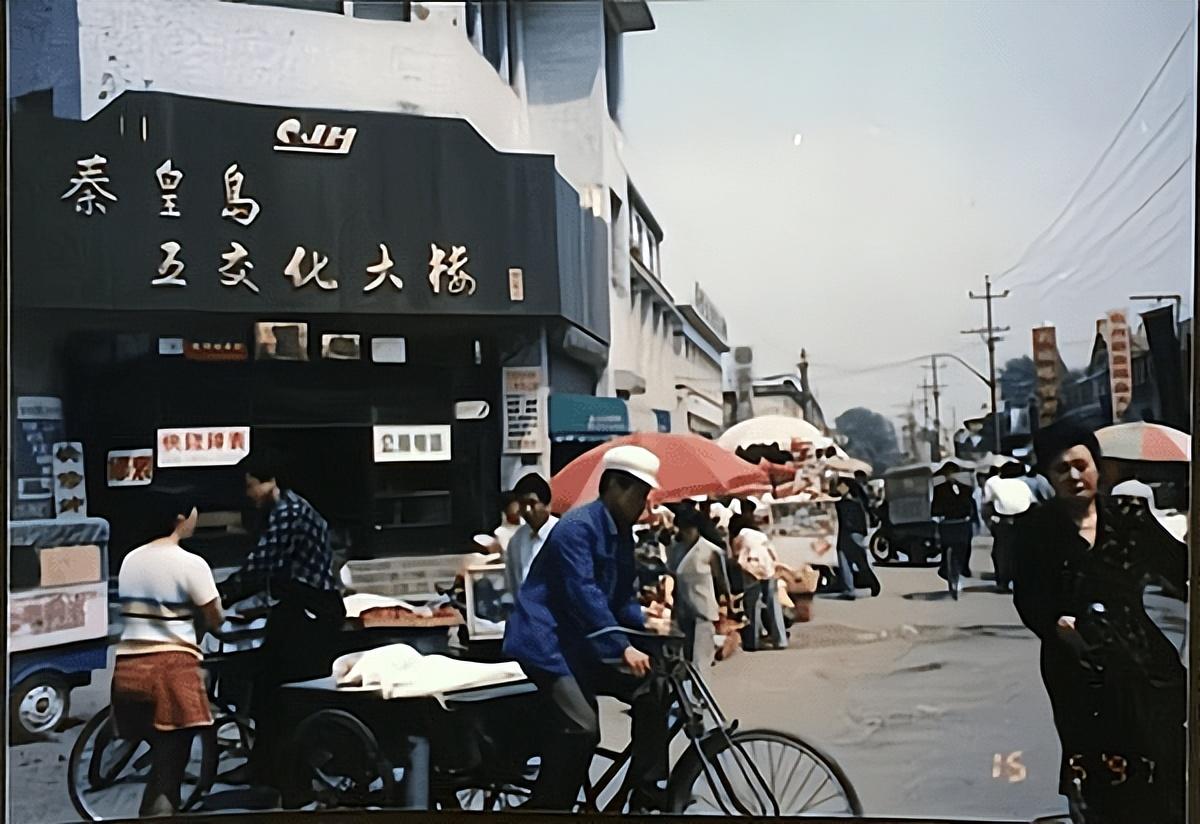
The former Qinhuangdao Five-way Chemical Building. In fact, the area of Qinhuangdao Five-way Chemical Building is not too large, but it was the first choice for people to buy five-way chemical products and agricultural products. The 1980s and 1990s happened to be the era of Qinhuangdao's major infrastructure construction. This building was popular for a while, and it also opened a Funing branch.
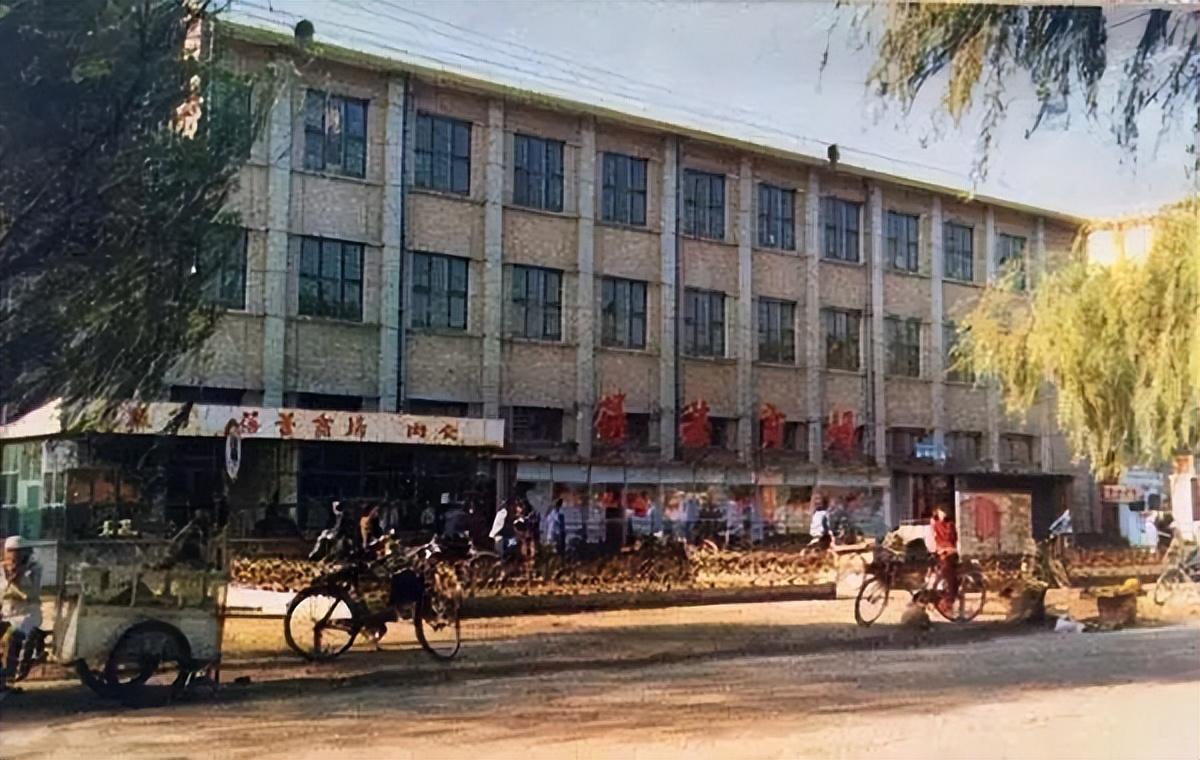
The former Qinhuangdao Bud Shopping Mall. This shopping mall was built in the early 1980s and is located near Hailuanhua. It is one of the most popular shopping malls. Although the shopping mall is also a three-story building, the decoration inside is exquisite, and the variety of goods is very complete. People prefer to shop here.
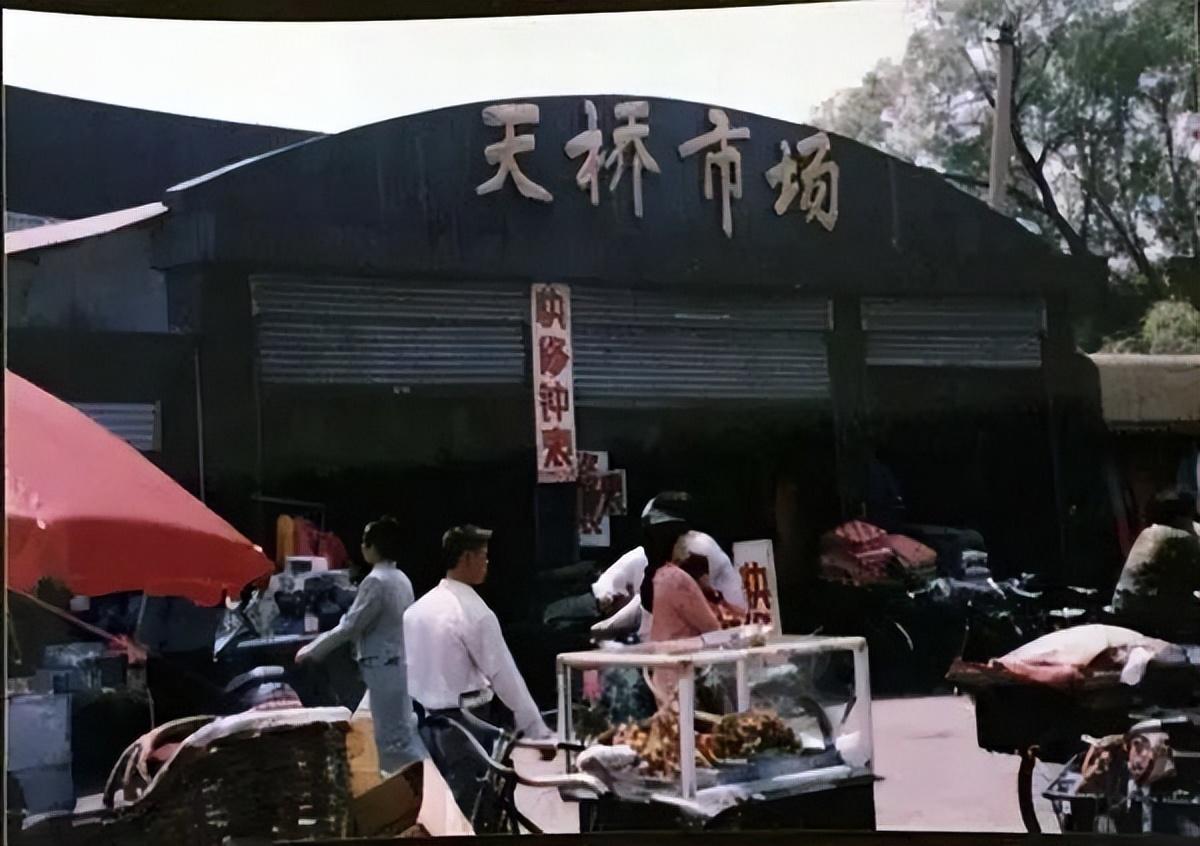
The former Qinhuangdao flyover market. The flyover market was opposite the Qinhuangdao general merchandise building at that time. This market was named after the flyover and was a relatively close-to-the-people market. The things inside the flyover were high-quality and cheap, and the consumption was not high. There are many memories of old Qinhuangdao people in the flyover market.
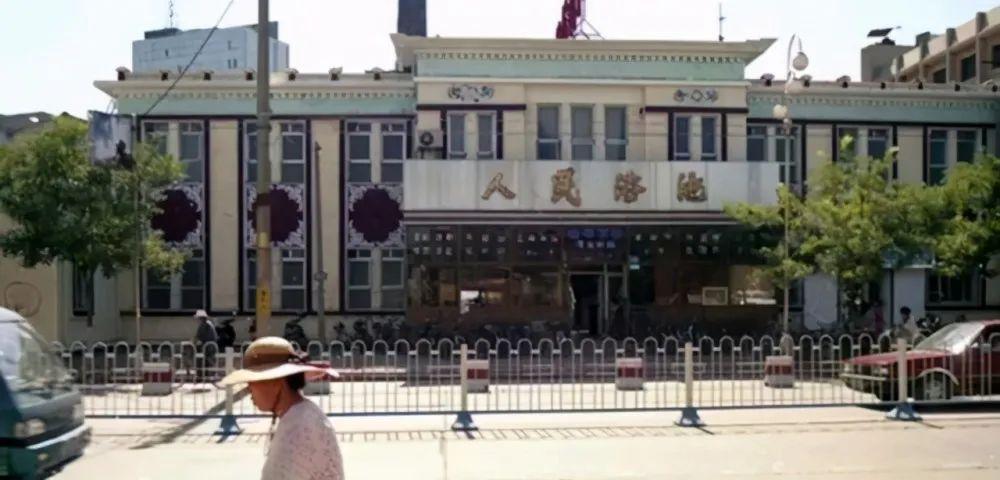
People's Bath
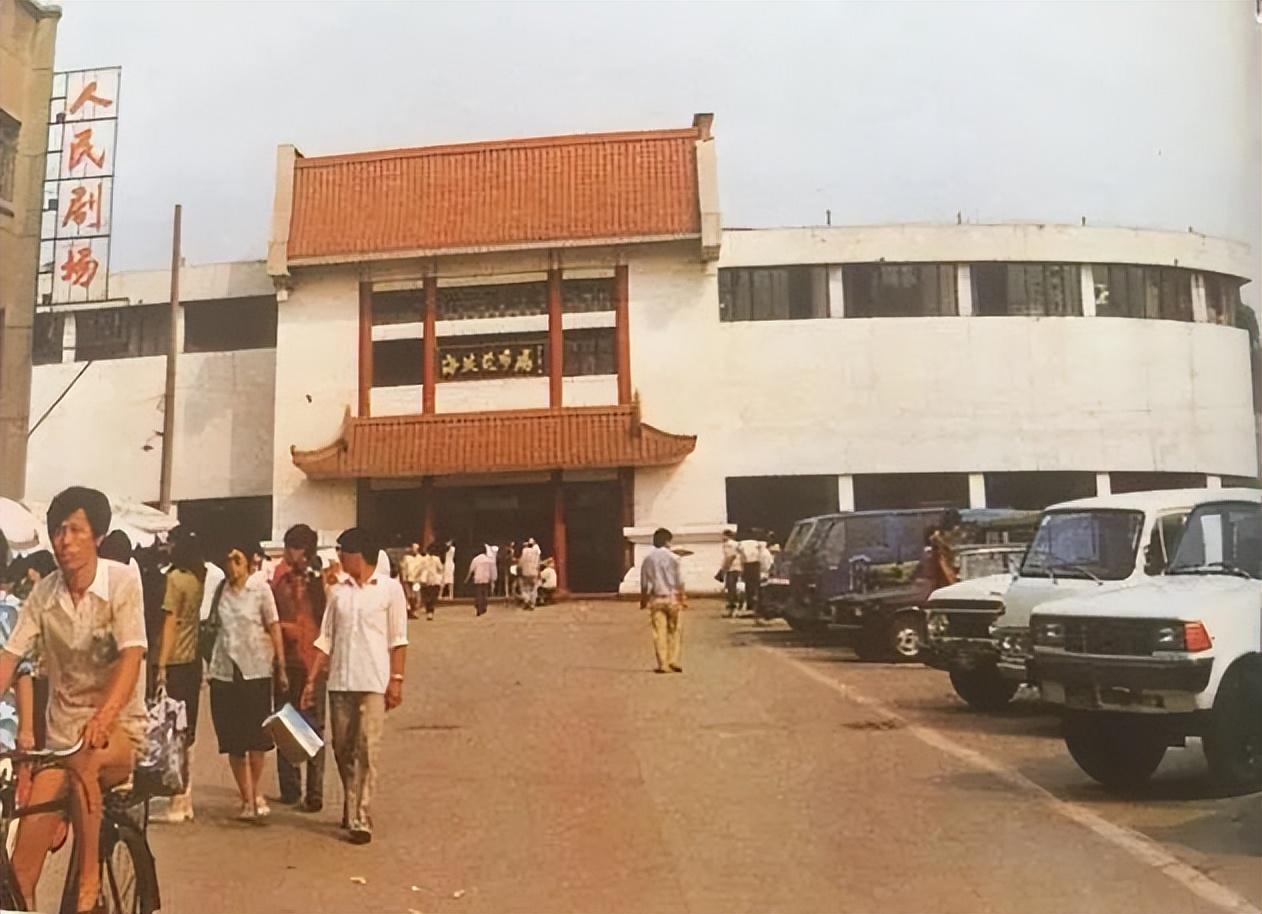
Wave Flower Market
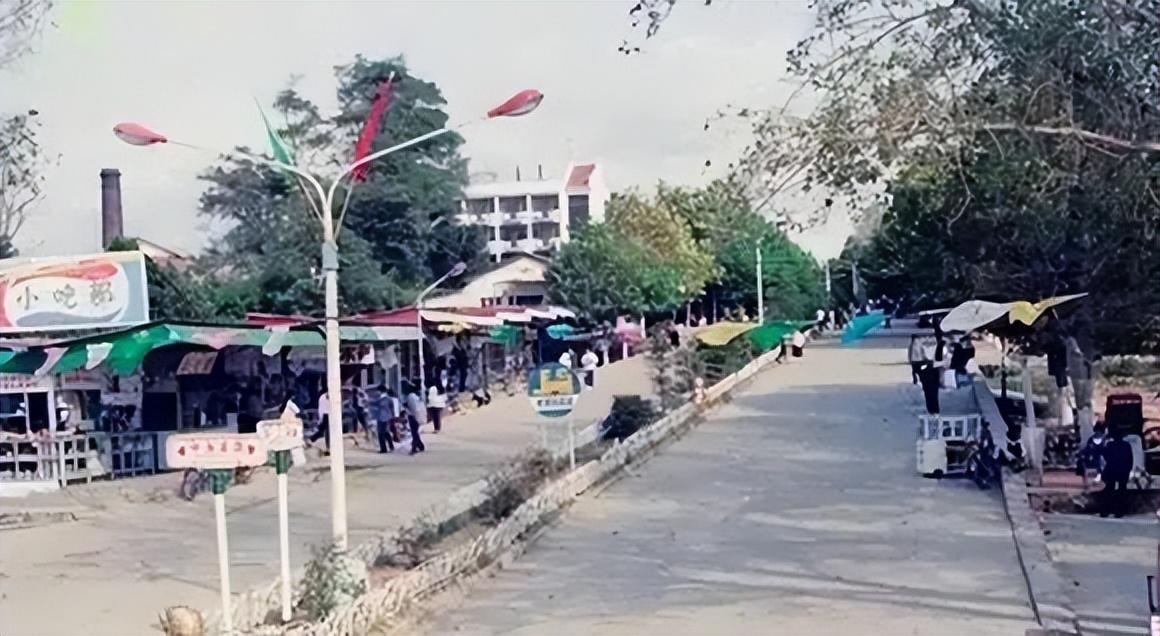
Qinhuangdao Baoer Road in 1985, the famous Beidaihe Baoer Road Hotel is here, living here, the sea breeze in the morning, changing clothes in the hotel in the afternoon can go to the sea bath, in the evening at the seaside trestle to watch the sunset of Lianfeng, After tasting the seafood, stroll the beach to watch the Long Bridge, rest at night to listen to the sea, beautiful
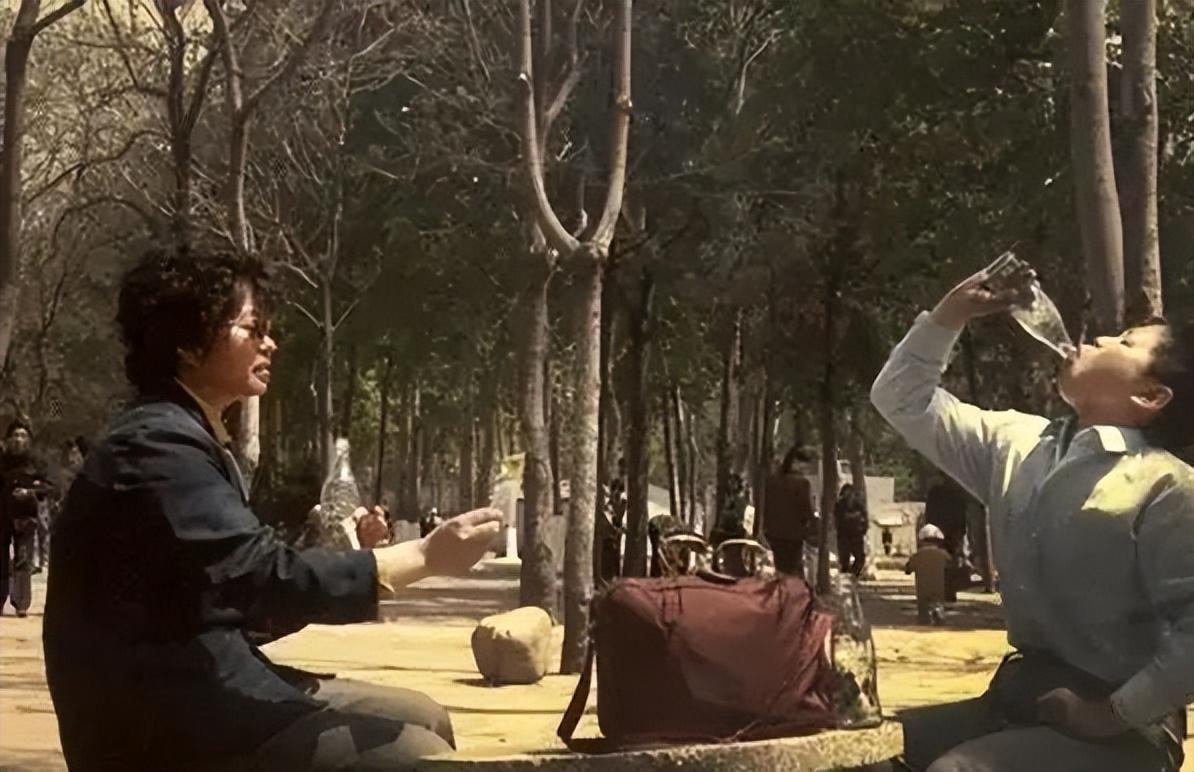
Qinhuangdao People's Park in 1985, also known as Bailong Park, according to Song Shi's "Victory in Public Opinion" records, the famous general of the Song Dynasty, General Di Qing, once led the army to be stationed here. One day, he saw a group of white sheep by the lake, like a swimming white dragon, so he named this lake Bailong Lake. It can be seen that the name of Bailong Lake has a history of thousands of years
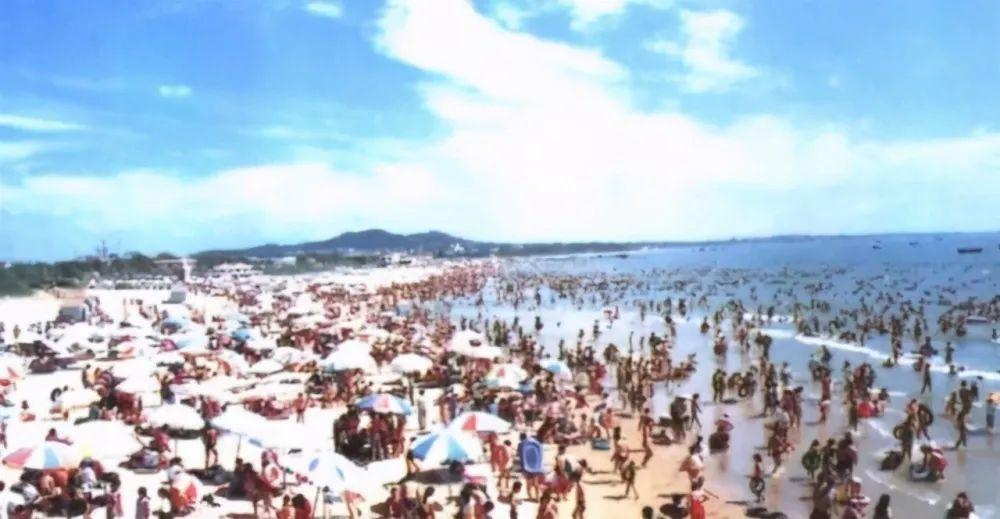
Beach in the 90s

This is a group of old photos taken in Shanhaiguan City, Qinhuangdao City, recording the social appearance and customs of the ancient city of Shanhaiguan in the 1990s. Through the old photos, we will take you to see the life of the ancient city of Shanhaiguan in the 1990s and feel the memories of the times.
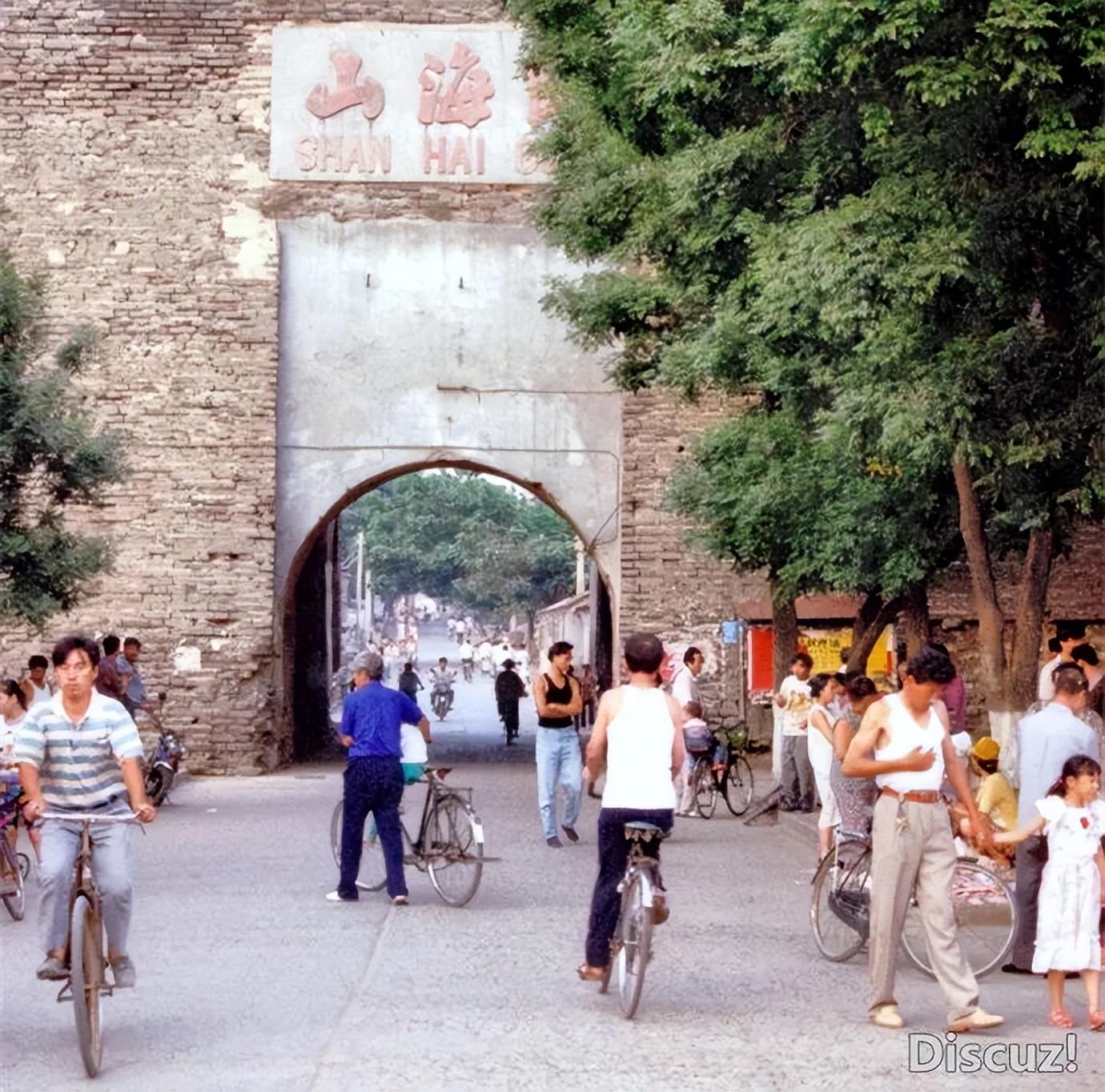
Shanhaiguan was called Yuguan in ancient times, also known as Chongqing Pass, also known as Linlu Pass. It is named Shanhaiguan because it rests on Yanshan Mountain in the north and the Bohai Sea in the south. Shanhaiguan is one of the northeastern passes of the Wanli Great Wall, and it is known as "the first pass in the world".
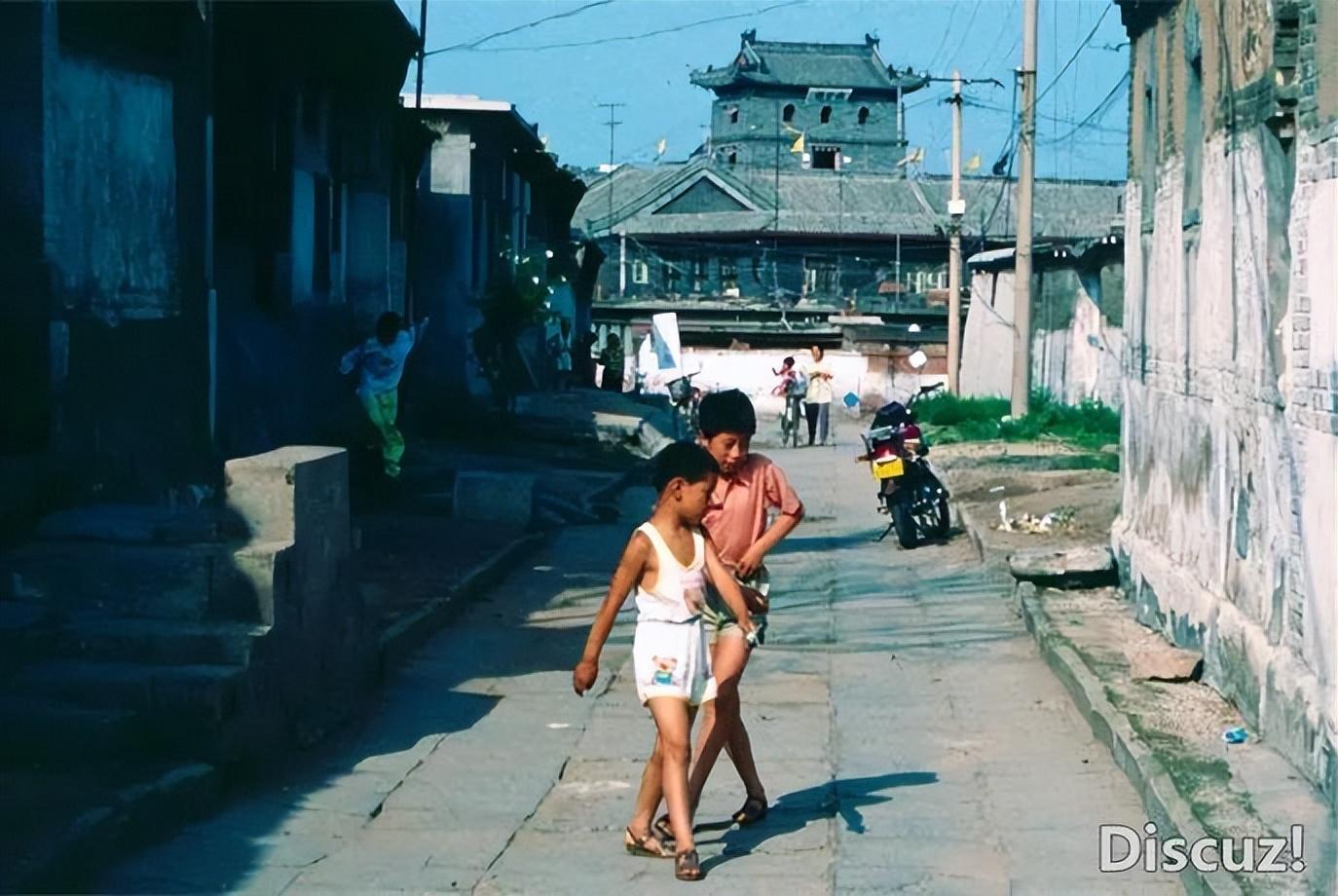
Shanhaiguan is located at the eastern end of the Great Wall of the Ming Dynasty, which is the only place where the Great Wall of the Ming Dynasty meets the sea. The terrain here is dangerous and it is the location of ancient Jieshi, so historians also call it "Jieshi Road". Guancheng is bordered by Yanshan Mountain in the north and the Bohai Sea in the south, so it is named Shanhaiguan, where Ji and Liaoning divide.

Shanhaiguan is one of the northeastern passages of the Great Wall of the Ming Dynasty. It is known as "one of the three wonders" of the Great Wall of China (Shanhaiguan in the east, Zhenbeitai in the middle, and Jiayuguan in the west), "the first pass in the world", and "the throat of the border county, the protection of the capital". It echoes Jiayuguan, which is thousands of miles away, and is famous all over the world.

Shanhaiguan is an ancient historical city. It is an ancient city integrating mountains, seas, the Great Wall, Xiongguan, diverse folk customs, and a long history and culture. There are titles such as the Hometown of the Great Wall of China Culture, the Hometown of Chinese Mengjiangnu Culture, and the Hometown of Chinese Calligraphy.

Shanhaiguan is a world-famous tourist destination with a collection of scenic spots and historical sites and beautiful scenery. There are many historical and cultural relics in the territory, including mountains, seas, customs, cities, buildings, lakes, seas, caves and temples.

At that time, the ancient city of Shanhaiguan was also bustling. At that time, the buildings in the city looked very dilapidated and the streets were crowded. It is these that have the history of the ancient city, these are the memories of the history of the ancient city.
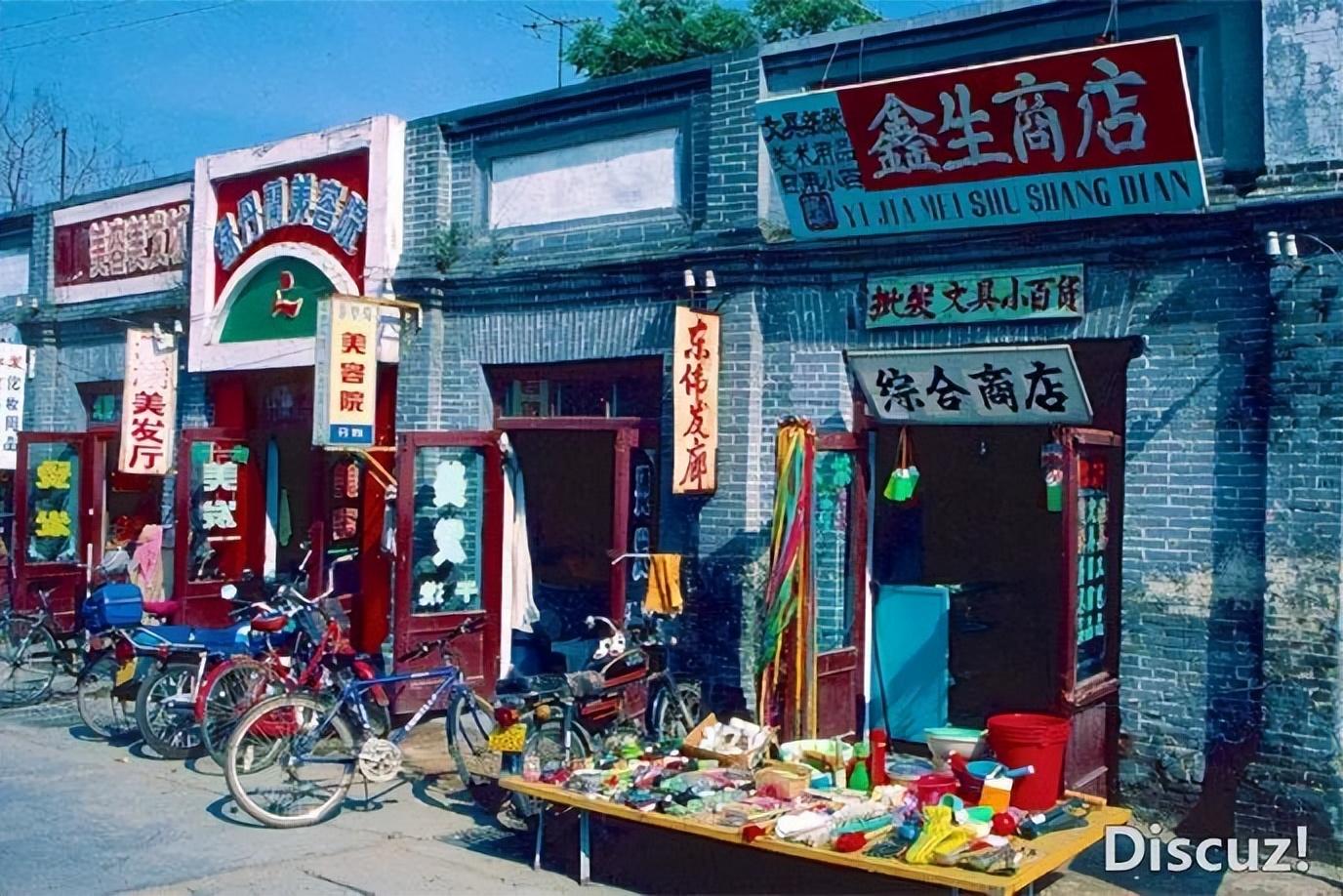
The ancient city has been transformed since then, and today it has changed a lot. Now many of the ancient buildings in the ancient city are newly built antique buildings, and the ancient city looks much cleaner, but it lacks the heavy sense of history.
